TRAVEL HOT LIST 2022
We asked you where you are most dreaming of visiting. These are the results....
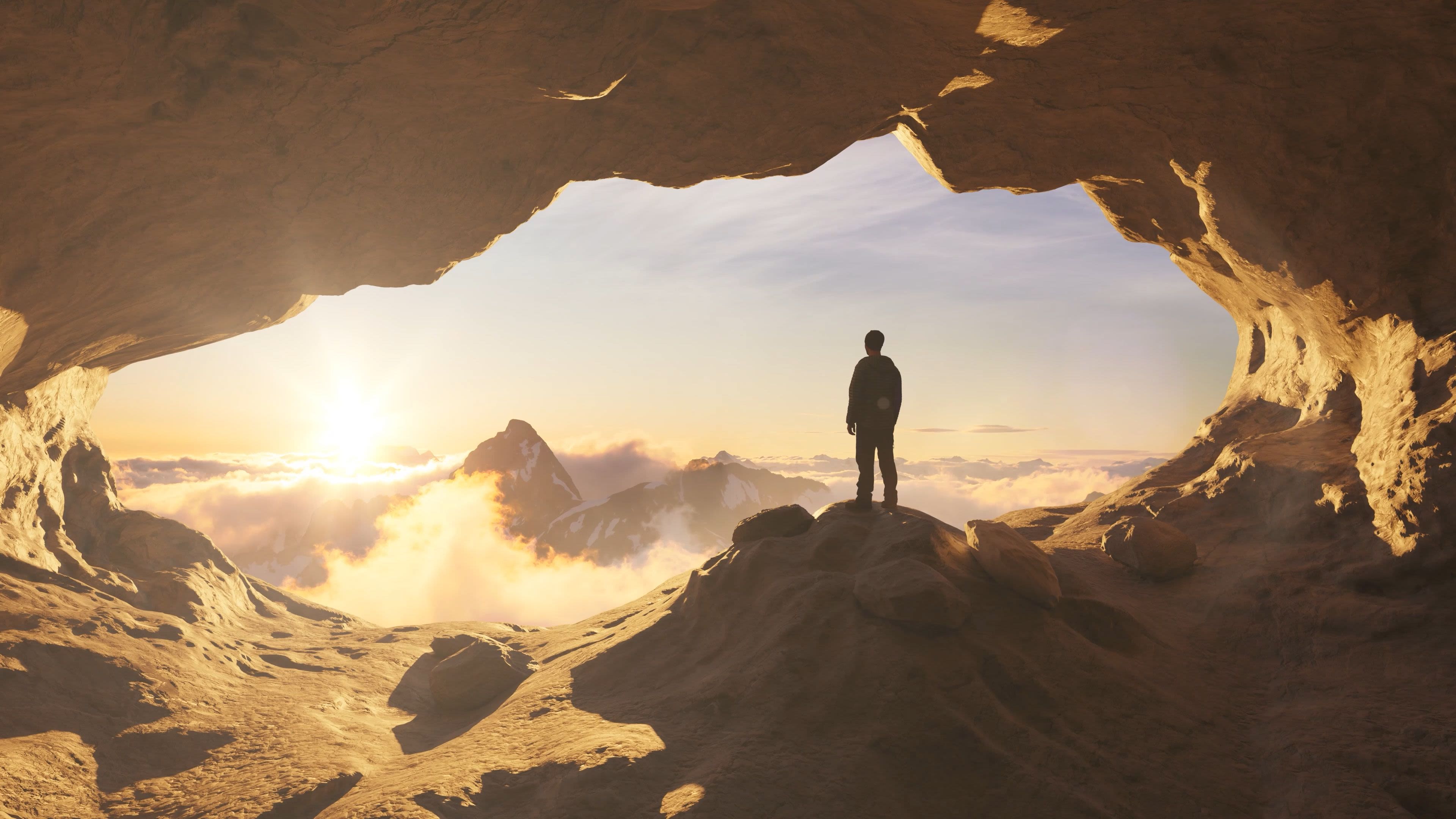

Most Desirable Country (Long Haul)
AUSTRALIA
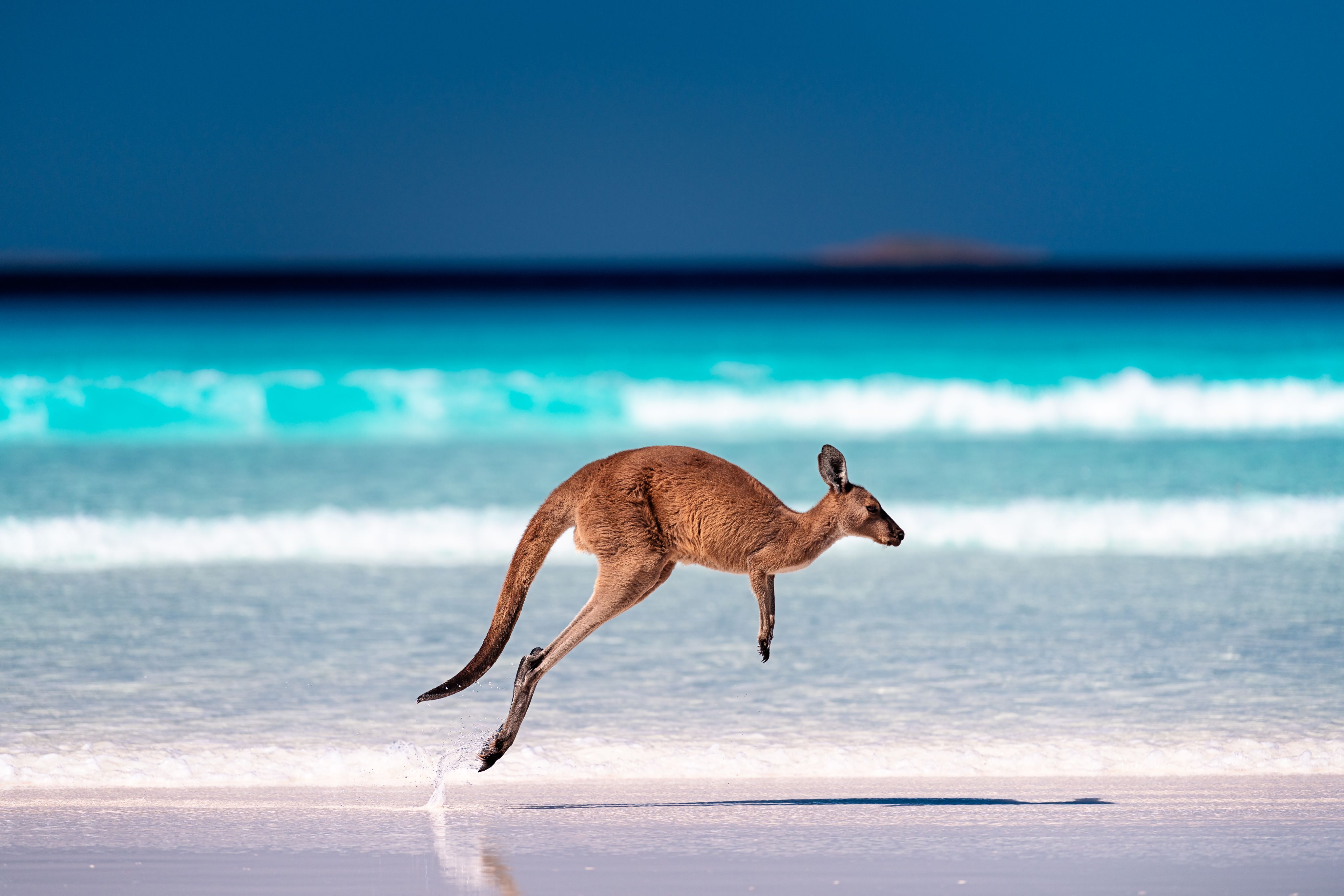
We always want most what we can’t have. Australia’s borders slammed firmly shut right at the beginning of the pandemic. But now, finally, international fully-jabbed travellers are welcome back to the country. We can't wait for our next Aussie adventures, riding The Ghan through endless Outback or watching the sun rise over the red sandstone edifice of Uluru one more time.
It’s clear you, too, have been thinking of little else. It also feels like we’ve been singing its praises non-stop recently, or at least since Qantas launched direct flights to Perth from London back in 2018. These are tentatively due to recommence in April, and we have our fingers crossed they do because, frankly, there is plenty more to talk about.
Western Australia still feels like an undiscovered country in itself: its Ningaloo Reef is every bit the equal of its Great Barrier cousin but still little visited by comparison, affording you the chance to swim with whale sharks; the Kimberley is a region of beehive-like mountains and wilderness so rugged and unfinished that it feels like Mother Nature barely got through sketching it before she moved on to something else. Add to that magnificent winelands, scenic trails where you can spy humpbacks breaching offshore, luxurious coastal cruises and a thoroughly modern regional capital, and it’s not hard to see why travellers get so excited about this state.
But beyond Western Australia, there’s the chance to experience the things we’ve missed out on. The Great Southern train route between Adelaide and Brisbane only had its inaugural journey at the very end of 2019, three months before borders closed. The new Grampian Peaks Trail is a rocky 160km route across Aboriginal land, red gum forests and the dramatic, dizzying rises of the Grampians NP. We can’t wait to try both.
There are countless thrills to be found here when you eventually return. But if you’re short of ideas, just relive the classics: soak up Sydney’s northern beaches, drive the Great Ocean Road, meet the inquisitive quokka of Rottnest Island, explore the pink-granite cliffs of Freycinet Peninsula. Because you never know when it’ll all be taken away again.
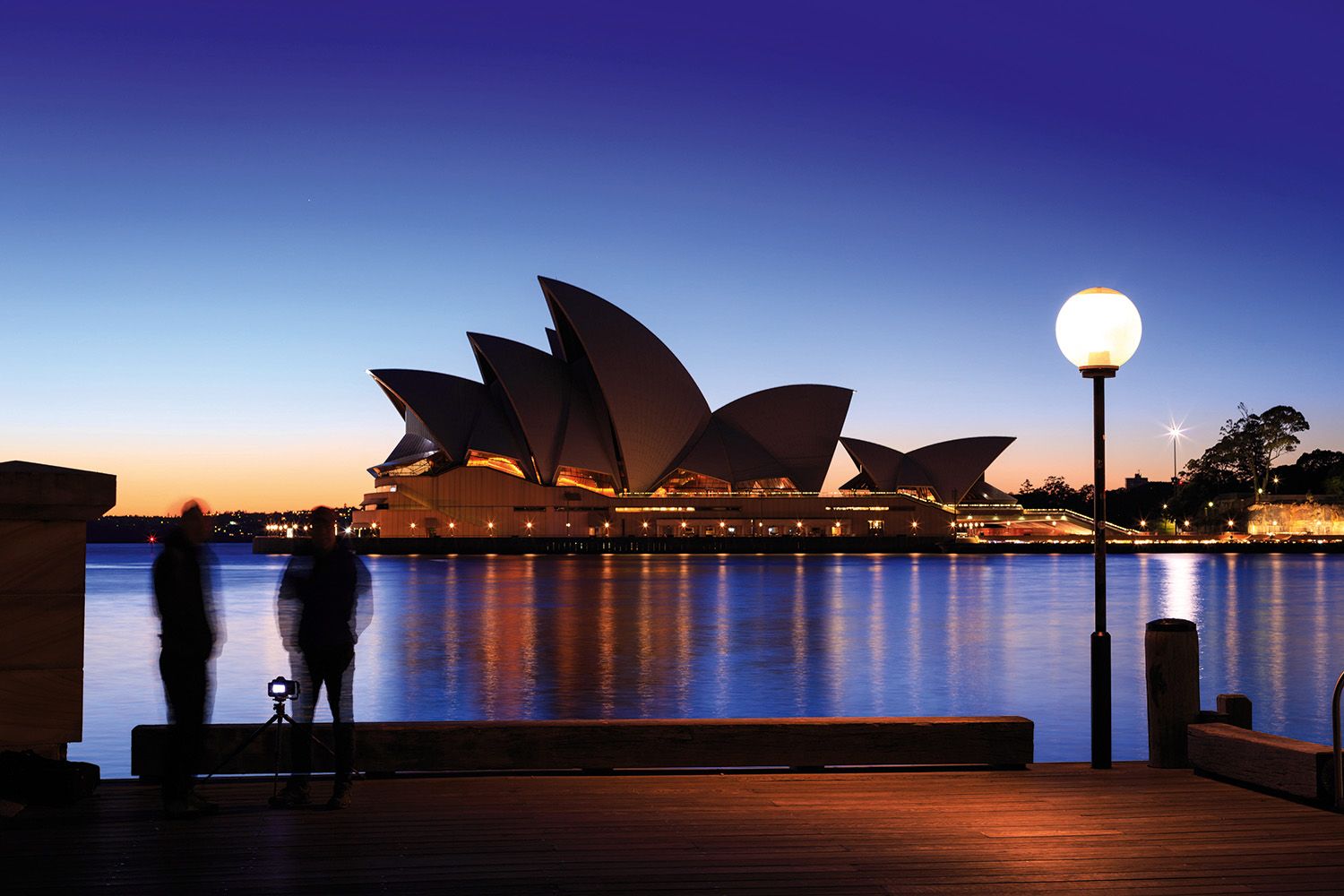
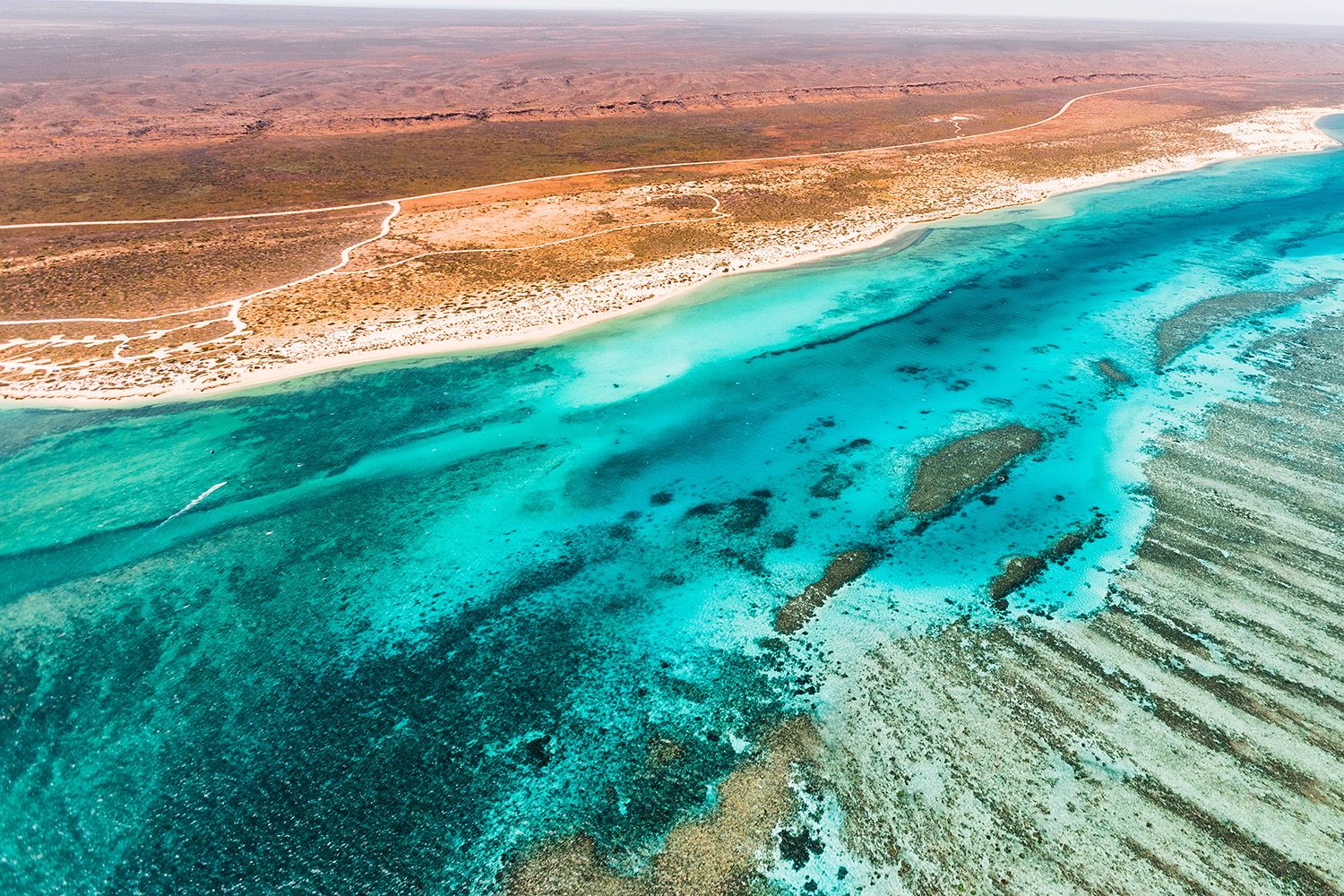
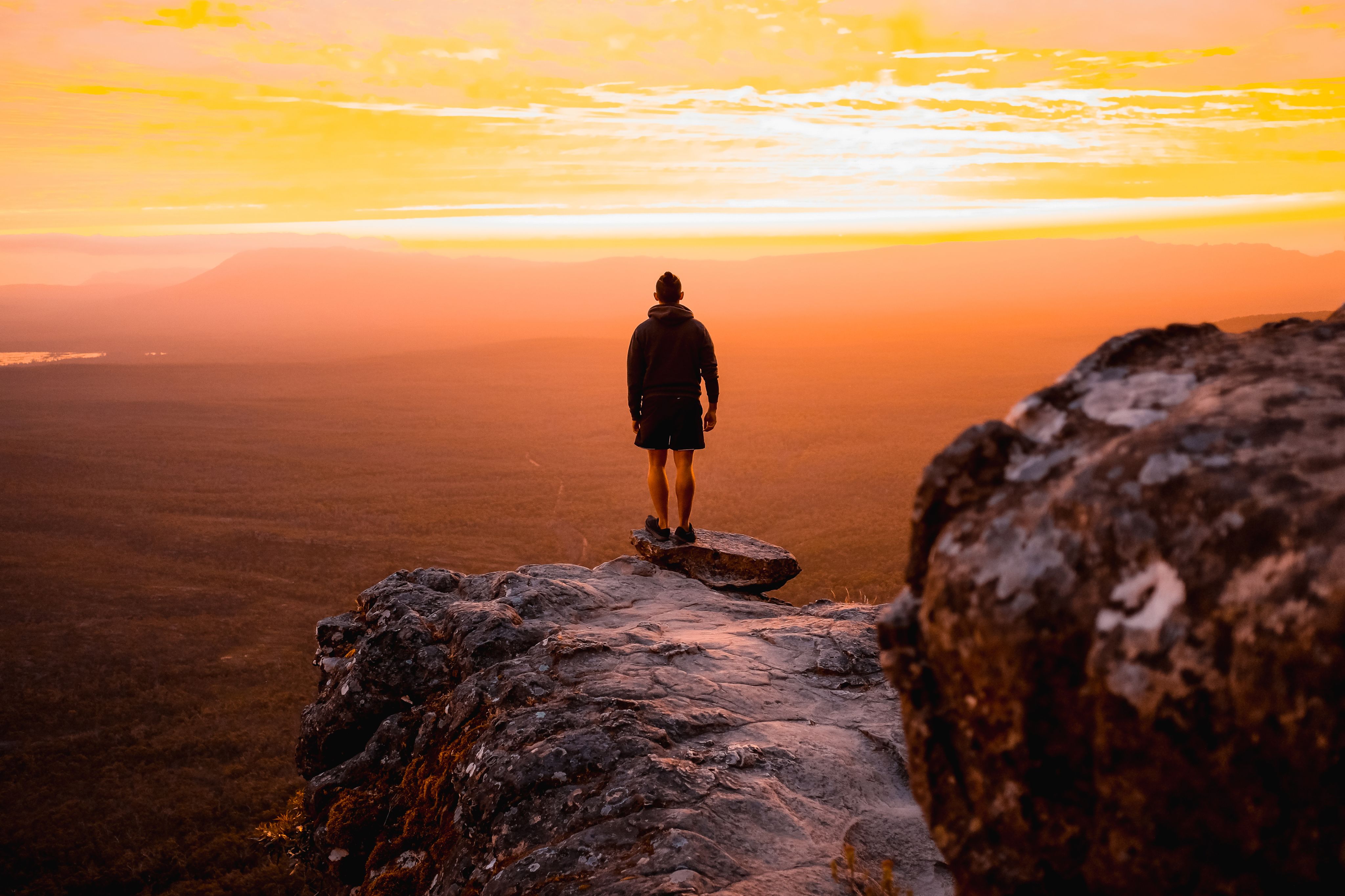
Your top 10 favourites
Gold Australia
Silver Japan
Bronze Costa Rica
4th Canada
5th USA
6th South Korea
7th Peru
8th Sri Lanka
9th South Africa
The sight of Japan hosting the Olympics in 2021 has clearly whetted your appetite for this regular Wanderlust reader favourite. We’re especially excited by what’s happening in the county’s southern regions in 2022. Last year, a host of UNESCO Natural Heritage Sites where named, including the islands of Kagoshima Prefecture, scattering the East China Sea off Kyushu. Their thick forests, mangroves and perfect shores are home to a number of rare endemic species (barely 100 Iriomote leopards exist now), and currently see few visitors. Meanwhile, the newest shinkansen fast train (Nishi Kyushu) route is set to open up the southern hot-spring town of Takeo Onsen this year. Add to that Japan’s first castle hotel in Ozu and Okinawa’s new eco-treehouse resort, Treeful, and southern Japan is certainly piquing our curiosity.
Costa Rica is another long-time reader vote-winner. Among the big new openings here is the Hacienda AltaGracia, a brand-new 180-acre retreat on a functioning coffee farm, high in the rainforested Talamanca mountains. Those who can handle a horse will find plenty to savour, with its stables offering guided treks down into the lush valley below.
Given how highly you rate its regions and cities, it’s no surprise to see North America feature strongly. Canada is an evergreen at these awards, but the USA arguably less so. Certainly, the slew of pre-pandemic British Airways flights opening up the likes of New Orleans, Nashville and Charleston to the UK seem like another world now, but it showed what variety there is to discover. Judging by how highly you rate the Deep South elsewhere in these awards, they had an effect on you. If that’s not enough, the creation of a new national park (New River Gorge National Park and Preserve) in West Virginia last year and the 150th anniversary of the founding of Yellowstone NP certainly has us excited.
The lower reaches of this list contain fewer surprises, with Peru, Sri Lanka, South Africa and New Zealand all mainstays at these awards over the years thanks, in part, to their natural gifts. But it’s the arrival of South Korea, above them all in sixth, that intrigues the most. It gets little credit for its landscapes, although there are some incredible wild corners, not least the DMZ where its wildlife (red-crowned cranes, water deer) has flourished, undisturbed since 1953. But it’s arguably the success of films like Parasite or the hit Netflix TV series Squid Game that put it in the world’s eye of late, with the volcanic island of Jeju (featured in the latter) seeing a huge boost in visitors recently. We can’t wait to return.
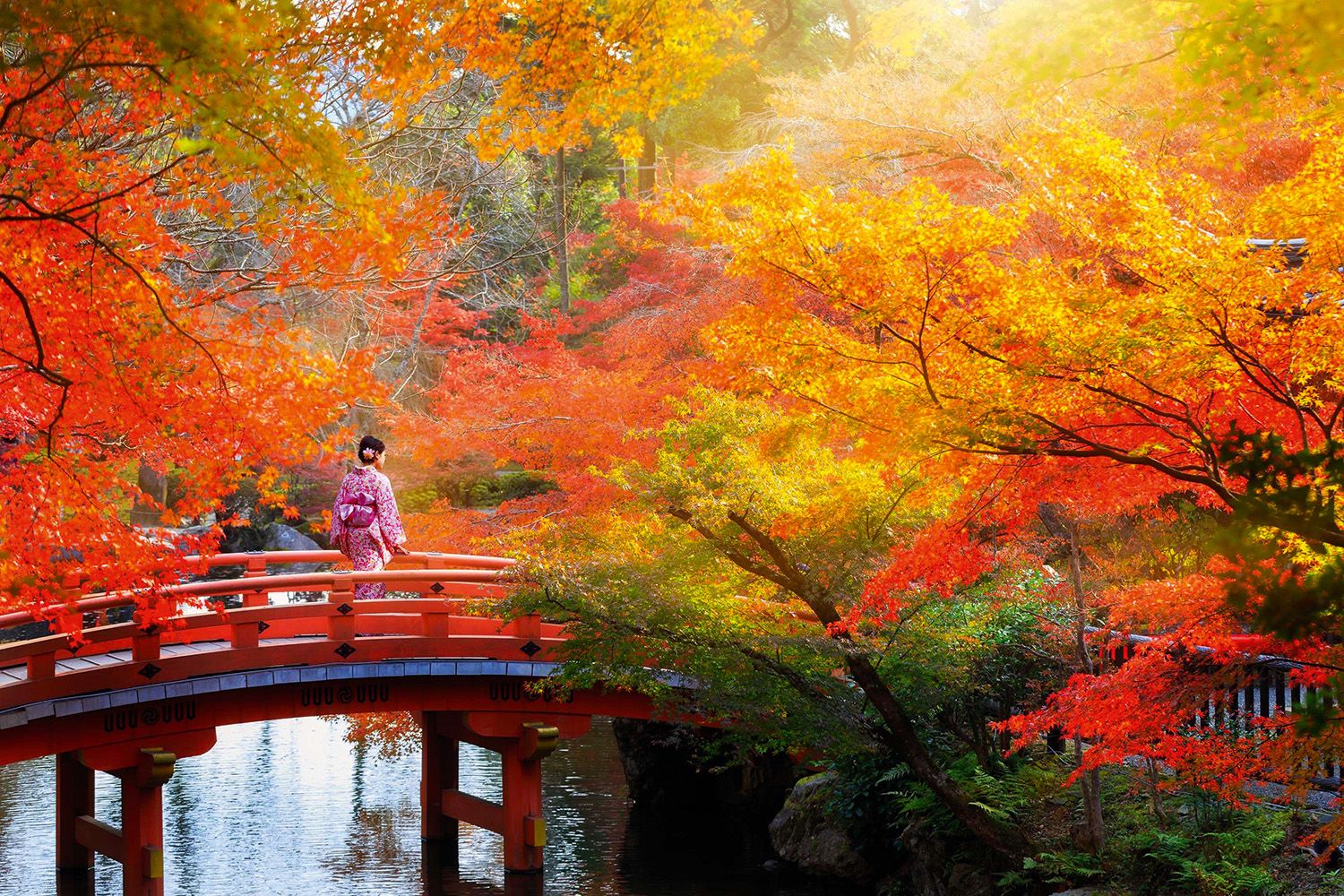
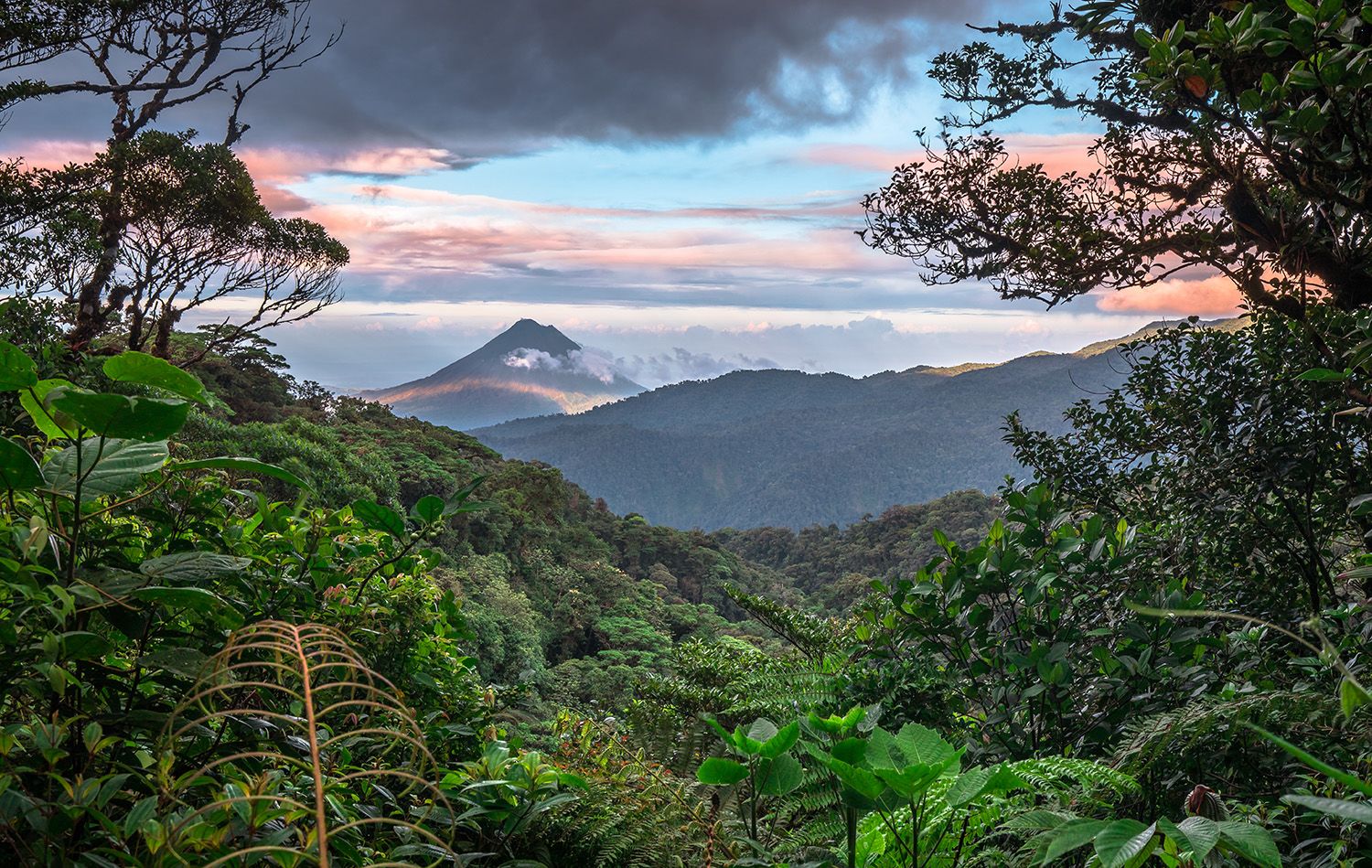
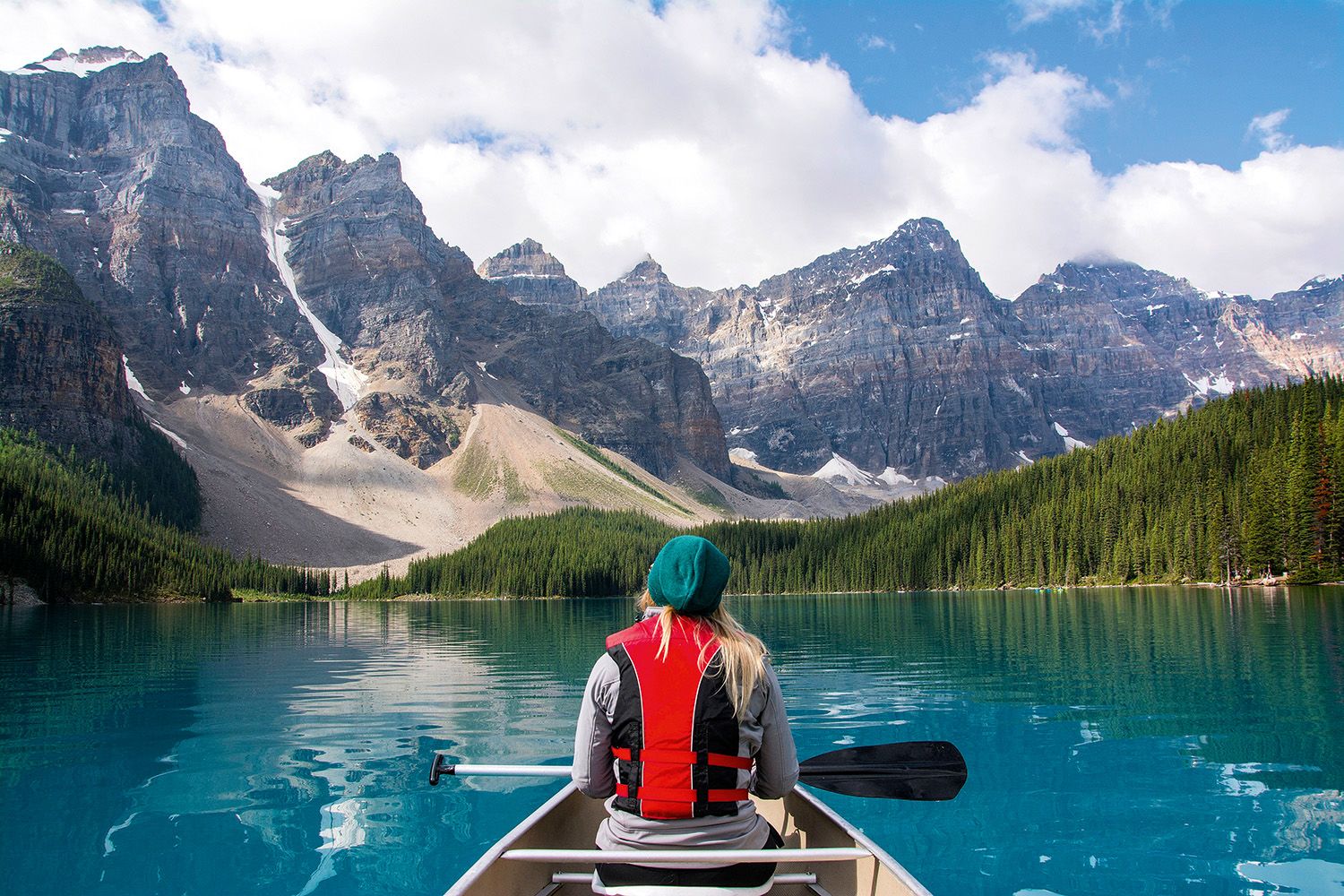
Most Desirable Country (Short Haul)
FRANCE
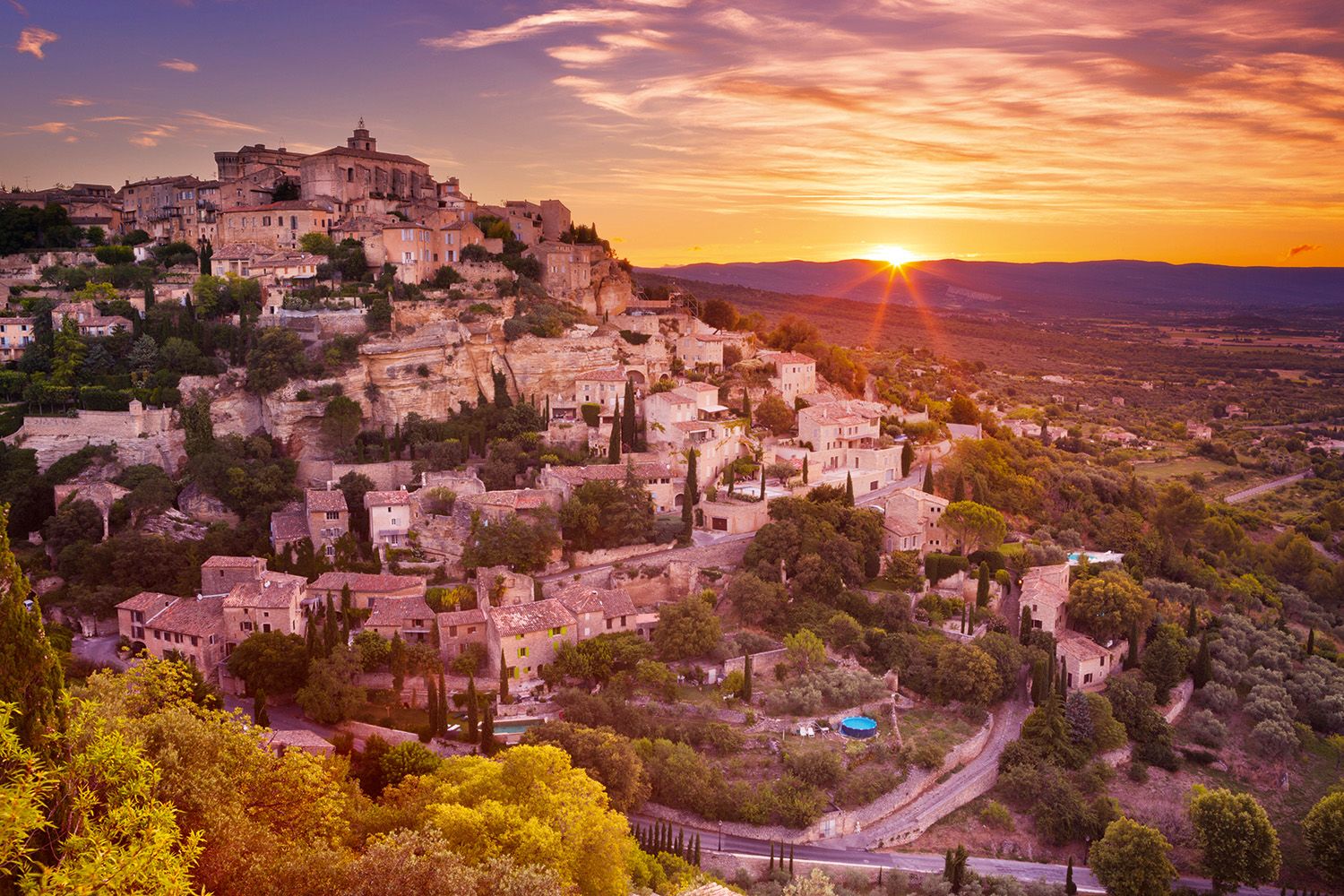
It feels like a long time since we’ve been this excited about France, and it looks like you feel the same. And all it took was the collapse of international travel for us to see what was there all along on our doorstep. Barely a two-hour carbon-friendly train ride away, this is a country where there is so much to discover that it’s difficult to know where to begin.
You often forget how huge France actually is. Its population is identical in size to the UK’s yet its land mass is more than twice as large. Into that is squeezed one of the world’s great capitals, a history of art and culture to rival any on the continent, the highest mountains in Western Europe, and a national cuisine so good that it’s recognised by UNESCO.
It’s not just about chic urban Paris, either. There’s a school of travel thought that reckons you need to be at least 10,000 miles, four flares and a RIB boat ride away from home to see real wilderness. But France is full of it. Tell us it isn’t after walking the GR10 up into the wildflower meadows of the Pyrenees, wandering the forests of the Ardennes, exploring the grass-covered caldera of the Puy-de-Dome, or hiking the punishing GR20 across the island of Corsica – for many, Europe’s toughest hike.
That’s all before you even reach the Alps. The northern mountains here have dominated the agendas of hikers and skiers for years, with the well-trod trails and slopes of the Savoie (Val d’Isère) and Haute-Savoie (Chamonix, Morzine) regularly filled with visitors. Yet the lesser-seen Southern Alps offer just as much. Here, instead of purpose-built resorts, small villages are your jumping-off point for wilderness parks like Mercantour NP where ski touring, wolf tracking tours and shepherd’s trails offer a more rugged take on Alpine life.
With wilderness comes wildlife. You can track bears
in the rarefied mountain air of the Pyrenees or watch wild horses crashing through the delta of the Camargue, water spraying in their wake. There is a wild side to France that just isn’t found when popping to Paris for the odd romantic weekend.
That’s not to diminish what you’ll find in the capital. Anyone lucky enough to wander the Louvre or Orsay museums, gaze on the Baroque bombast of the Palace of Versailles, or descend into the city’s ancient catacombs will discover history and art that shaped a continent. But there is also so much culture to discover outside the capital, and that’s the France that often seems to get lost in translation.
Nimes, for example, is home to one of the great surviving colosseums, as grand as any folly left behind by the Romans. Normandy’s Mont St-Michel is every bit the 8th-century marvel, a medieval tidal island rising out of the beach like some long-forgotten sandcastle. The fairytale fortresses of the Loire Valley – former hunting lodges of the French monarchs – are just as captivating as their vineyards.
Down in the south-west, the Basque Country often seems like its own world, with a language, cuisine and culture removed from that of surrounding France. Here, the centre of each village is given over to pelota courts, as young kids scurry about, necks craned to the sky, desperately trying to whack a ball arcing three feet over their heads, while chuckling locals dine on tapas in the surrounding cafes. Or head up to Alsace, seemingly caught somewhere between France and Germany, along with the local dialect, traditions and hearty Alpine cooking. Give us a flammekueche (a thin pizza-like dish topped with fromage blanc and lardons) over a quattro formaggi any day of the week.
There is also modern history to discover every bit as compelling as France’s kings and revolutions. Many search out Normandy’s D-Day landing sites and museums on tours, but there are moving Second World War stories here beyond the battlefields, such as that of Oradour-sur-Glane, near Limoges. This bombed-out ghost village was razed by the Nazis upon their retreat in 1944, but not before massacring all 642 villagers. Since then, it has been left as it was, a living, rusting memorial to one of the darkest days in French history.
This is France. Take it as it is: a dizzying whirl of history, art, culture and wilderness far beyond the romance of Paris. We’ve not even mentioned wine-country river cruises, basking on the Cote d’Azur, or cycling in the tyre tracks of the Tour de France. But you know this already. That’s why you picked it.
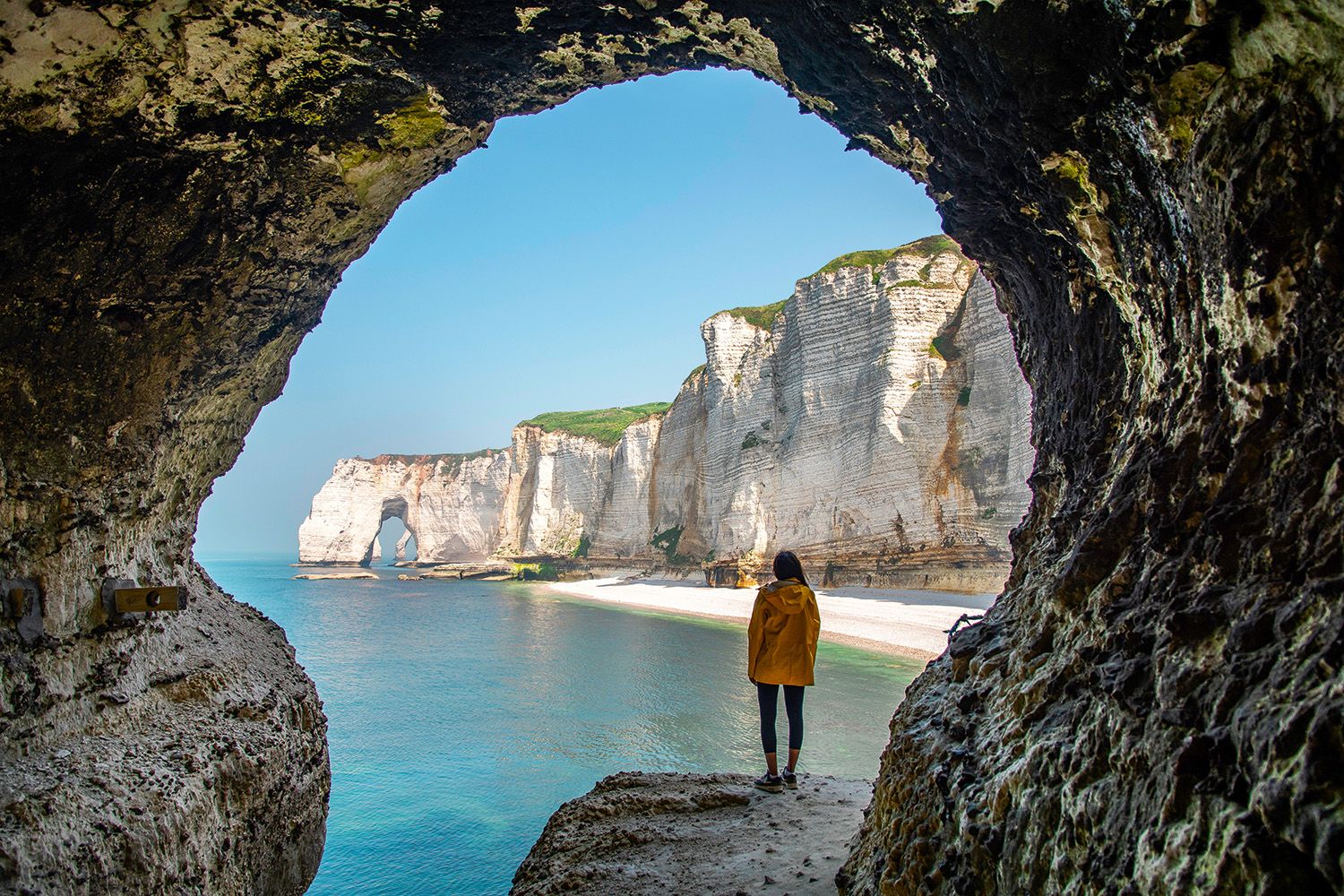
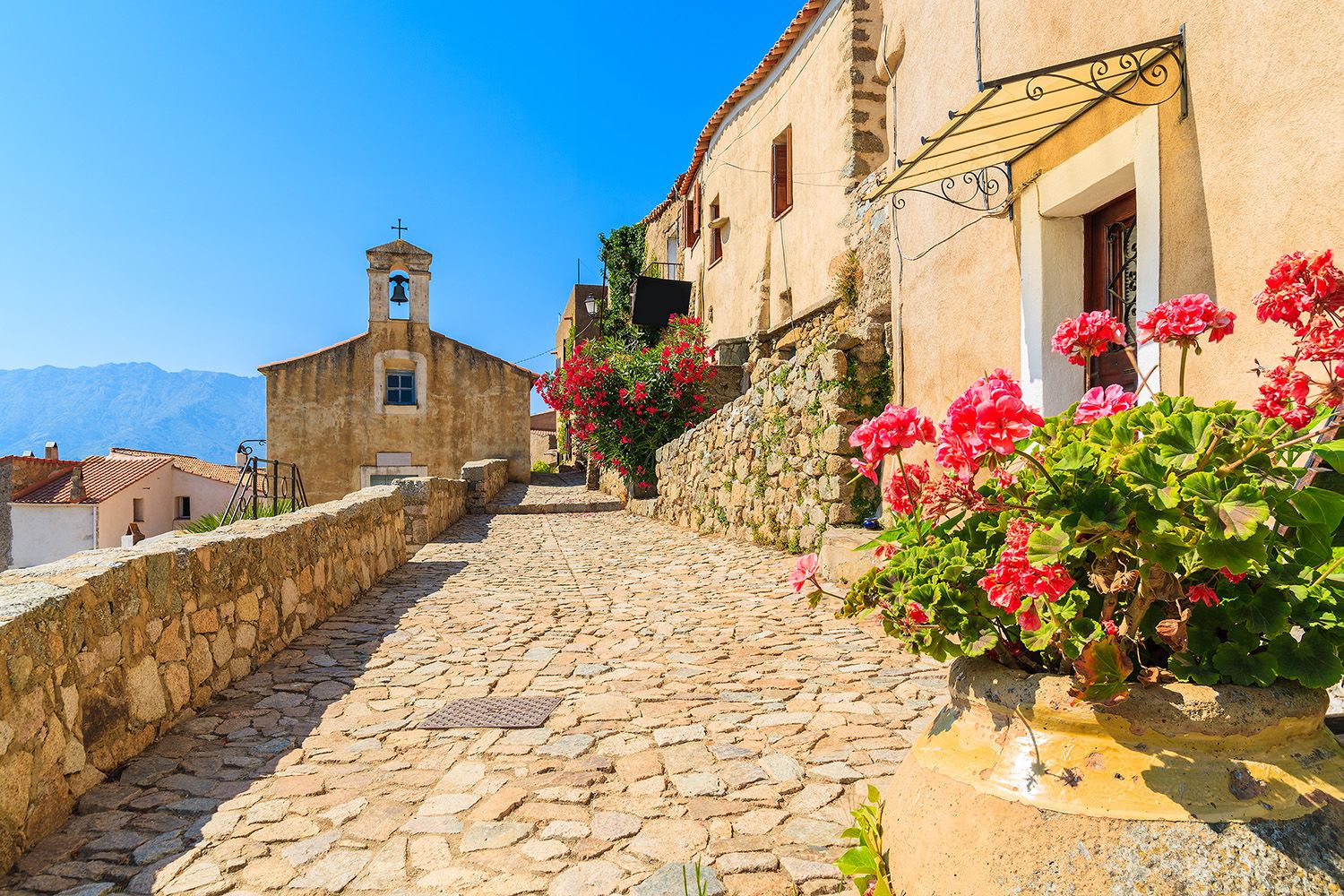
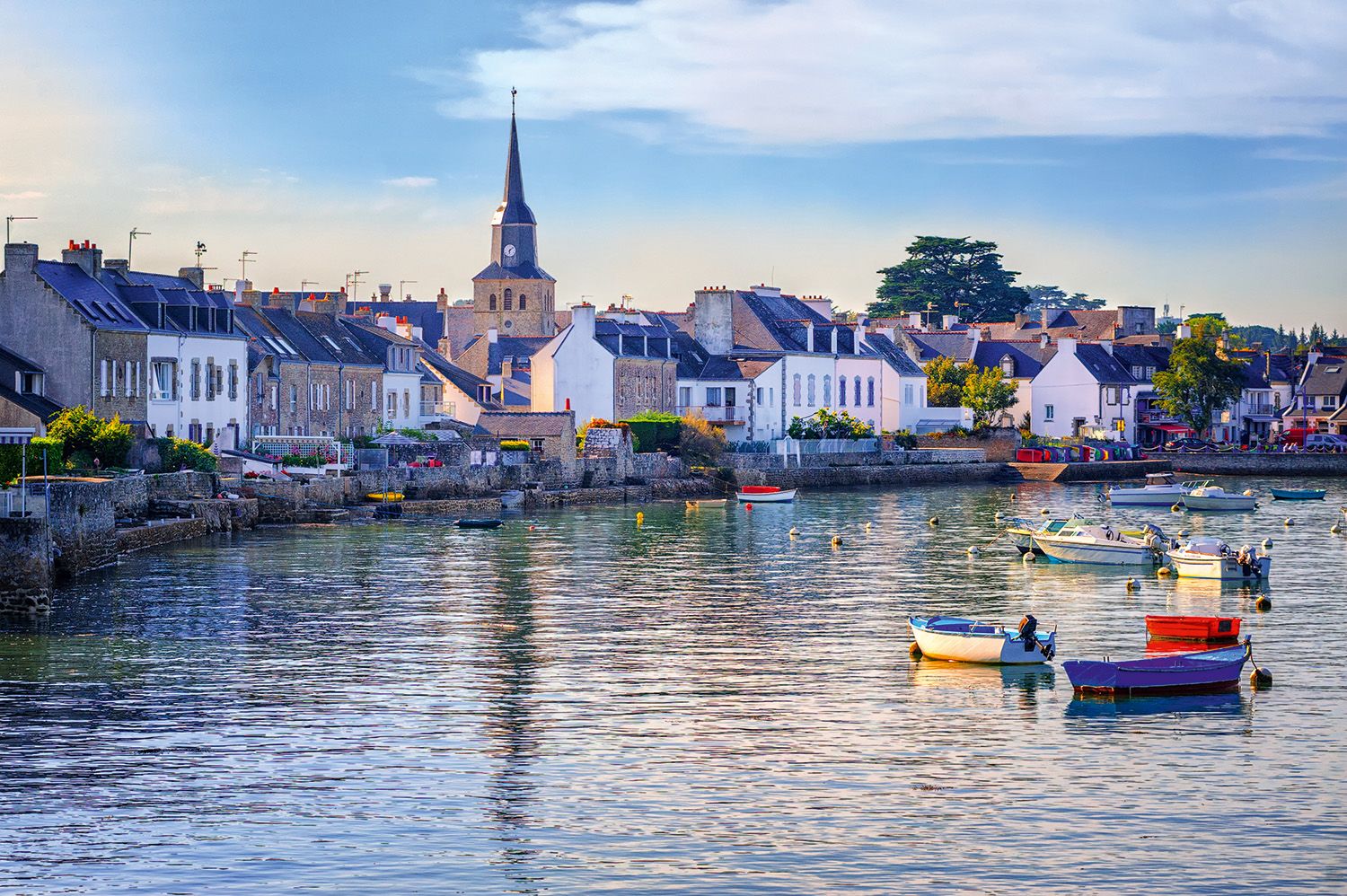
Your top 10 favourites
Gold France
Silver Italy
Bronze Iceland
4th Greece
5th Spain
6th Croatia
7th Portugal
8th Georgia
9th Norway
10th Austria
Given how heavily you have voted for Italy’s regions and cities elsewhere in these awards, we’re not surprised it bagged the runner-up spot. We never tire of its fresco-heavy churches, Roman ruins and historic coast, and we can only hazard that familiarity is the one thing that’s stayed voters hands in previous years. But if the pandemic (and perhaps the rise in sustainable travel) has done one thing, it’s made us think about what’s on our doorstep more, and there are few countries with this amount of choice. From the Tuscan archipelago to the cliff-dangling villages of Cinque Terre, you could spend a lifetime exploring Italy’s hidden corners.
Perhaps the exception to the above rule is your third-placed pick. If ever a country threaded the needle between short break and wild landscapes, it’s Iceland. Certainly, Wanderlust’s writers were as impressed as its readers when driving the new Arctic Coast Way and spotting whales off Snaefellsnes Peninsula, and 2022 promises plenty more exhilarating experiences. We can’t wait to soak in Reykjavík’s new geothermal Sky Lagoon, surrounded only by steel-grey rock and open water.
Greece features highly elsewhere in your picks, specifically its islands, for which we have plenty of love if you scroll down to our Short Haul Region. But a special mention goes to the Peloponnese’s Mani Peninsula where the opening of iconic travel writer Paddy Leigh Fermor’s home to guests, along with a host of high-end boutique hotels set within its 18th-century tower houses, offer thrilling possibilities.
You can also read more on Portugal (down in seventh) later; but like Spain (fifth) and Croatia (sixth), it’s interesting to see your enthusiasm for the more traditionally well-thumbed destinations. The first flush of travel discovery had certainly worn off Croatia pre-pandemic, with its cruise ports being overrun and cities being afflicted with over-tourism. But all three countries have so much more to offer than busy coasts (Algarve) and familiar cities (Dubrovnik, Barcelona), and the chance to discover historic areas like Andalucía or the medieval towns of Istria are what excite us most for 2022.
Georgia sits on the opposite end of that scale. The eastern European nation was seemingly only starting to lay out the welcome mat in 2019, as travellers discovered its ancient cave towns, lush foothills and cultured capital, when COVID-19 hit. Your eagerness to see it is not surprising, whereas Norway’s natural gifts of Aurora-filled skies and whale-packed waters have been a bucket-list staple for years, as are Austria’s Alpine trails and festive markets. But some things will always be timeless.
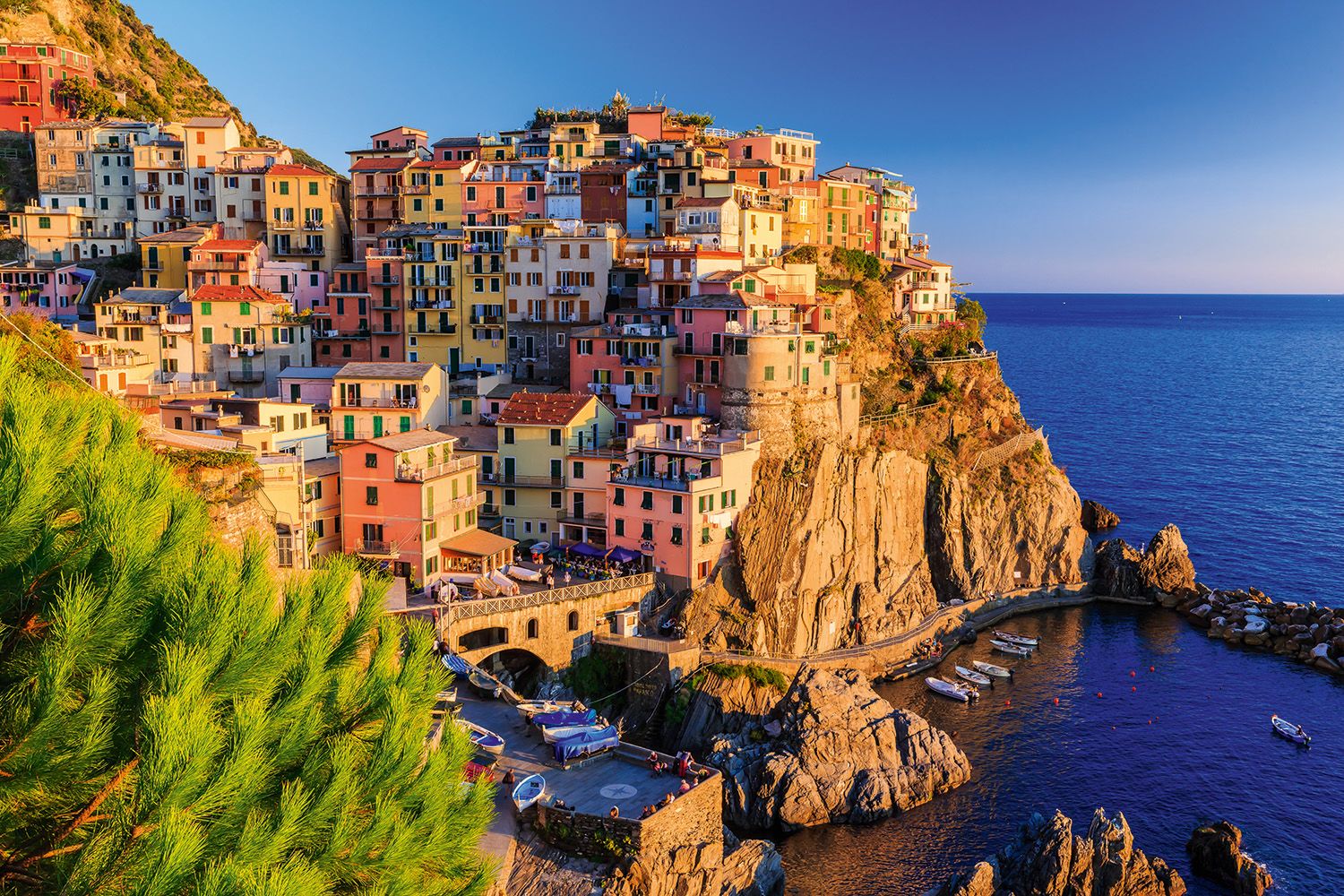
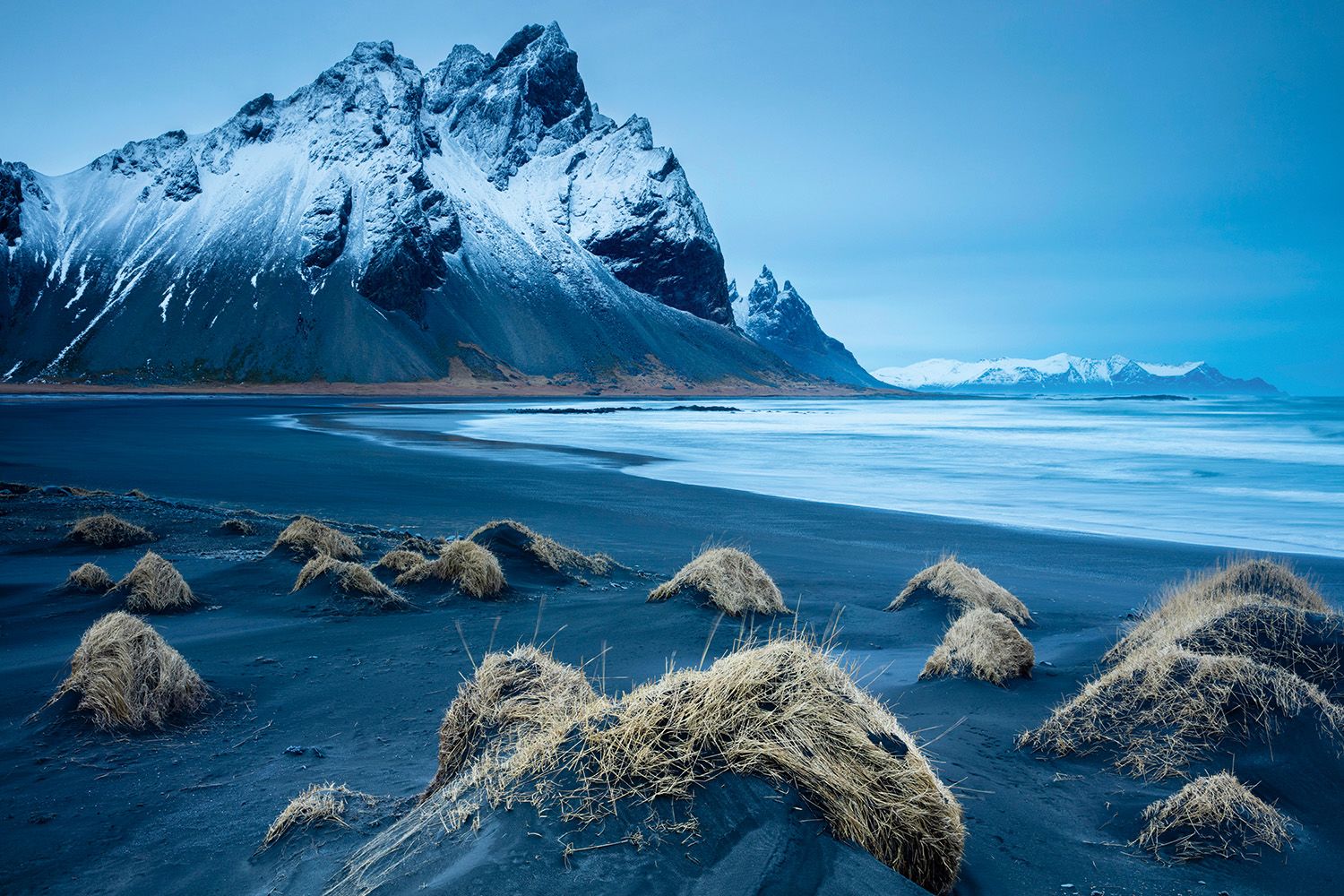
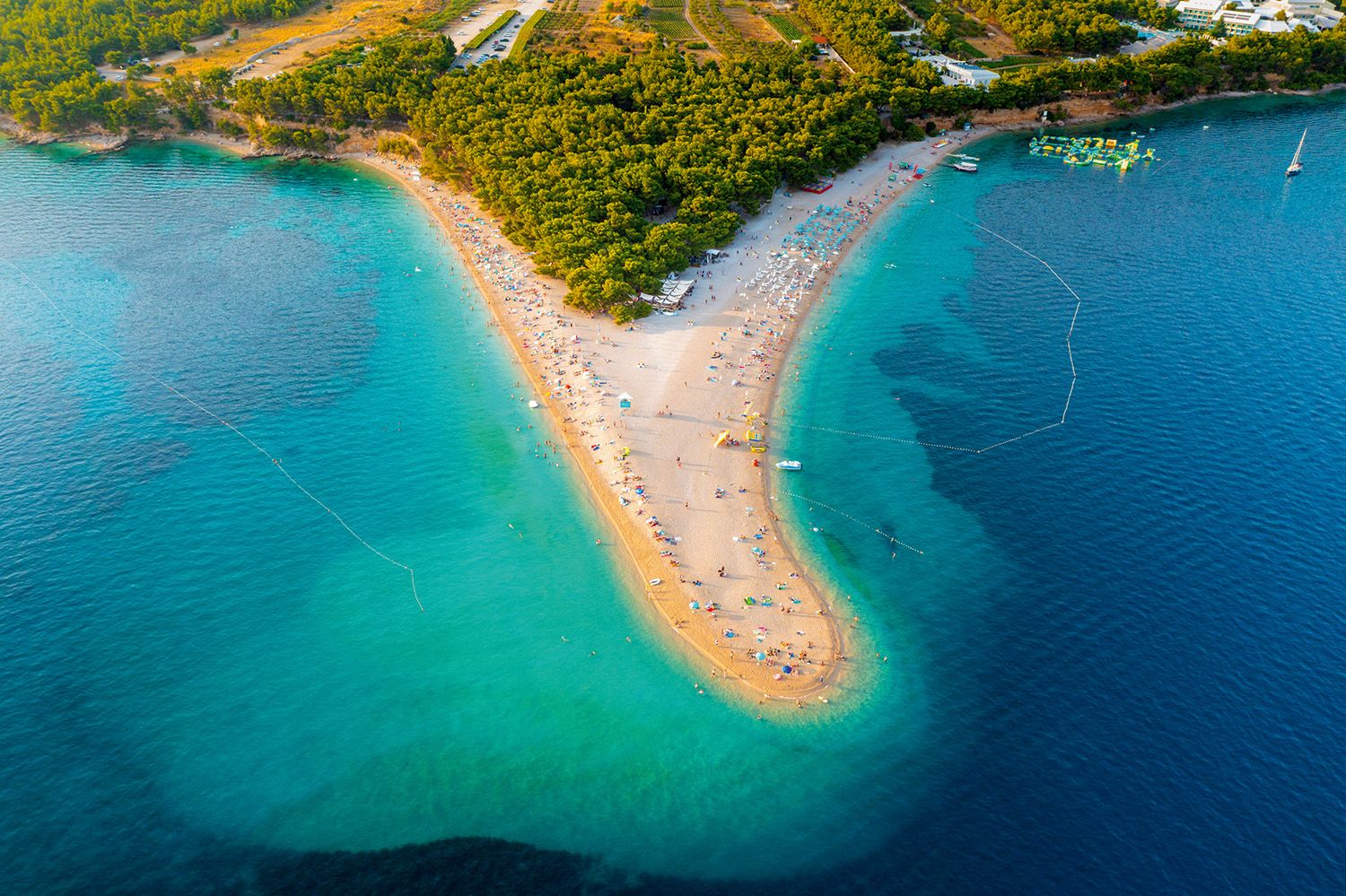
Most Desirable Region (Long Haul)
BRITISH COLUMBIA
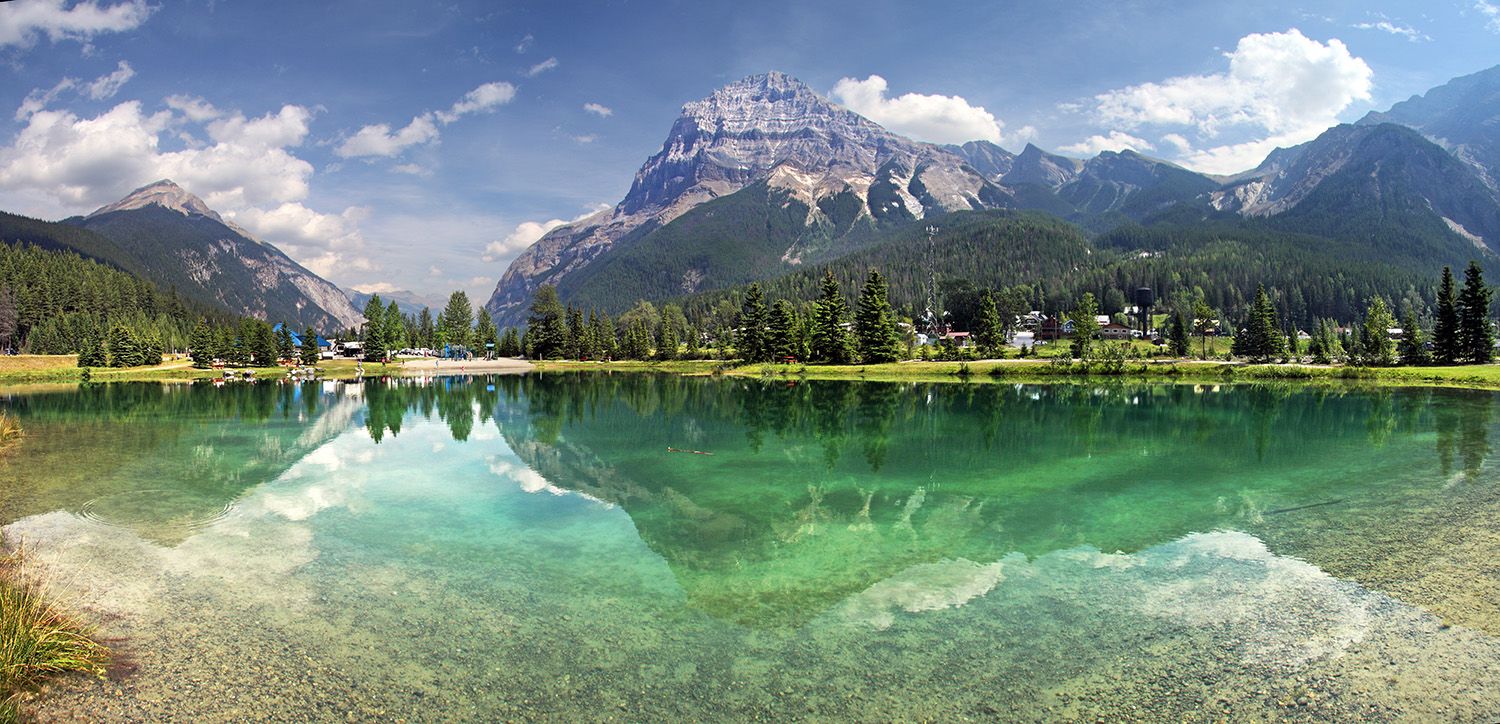
Sometimes numbers tell a story better than words. With 25,000km of coastline, about 15,000 grizzly bears, seven national parks, and five wine-producing areas, British Columbia is not only vast but varied. Its appearance at the top of this list is also a bit of a surprise. Canada itself may have lingered in the upper reaches of your Travel Awards picks for years but it’s this westernmost province that has particularly stolen your heart in this new category, and it’s not hard to see why.
There is nowhere better suited to our new socially distanced lifestyle. The region is roughly the size of Germany and France combined, and over half of it is covered in wild forest. You can spy grizzlies pawing at passing salmon in the remote Bella Coola Valley, paddle alongside orca and humpbacks in the Johnstone Strait, or boat the quiet backwaters around Klemtu in search of the shy, elusive spirit bear. There are adventures everywhere here and not a soul for miles.
Even getting from A to B is an epic journey. The Sea-to-Sea Skyway drive is filled with tumbling falls and First Nations culture, while the Alaska Highway remains a motoring icon for not only its size (2,224km) but its history – built in the Second World War to head off any Japanese invasion of Alaska. Then there’s the Okanagan Valley, which drops you into vineyard country. BC produces the bulk of Canada’s wines though little of it leaves the region, so it’s a joy to discover.
For others, it’s all about the mountains. The Peak 2 Peak gondola sees you dangle for 3km between the summits of Whistler and Blackcomb; the Rockies meanwhile are best explored on scenic trains running all the way to Vancouver where the Museum of North Vancouver and its 9,000-strong collection has just opened. British Columbia is the wild escape we dreamed of in lockdown; the antithesis of everything we’ve experienced recently. No wonder you love it so much.
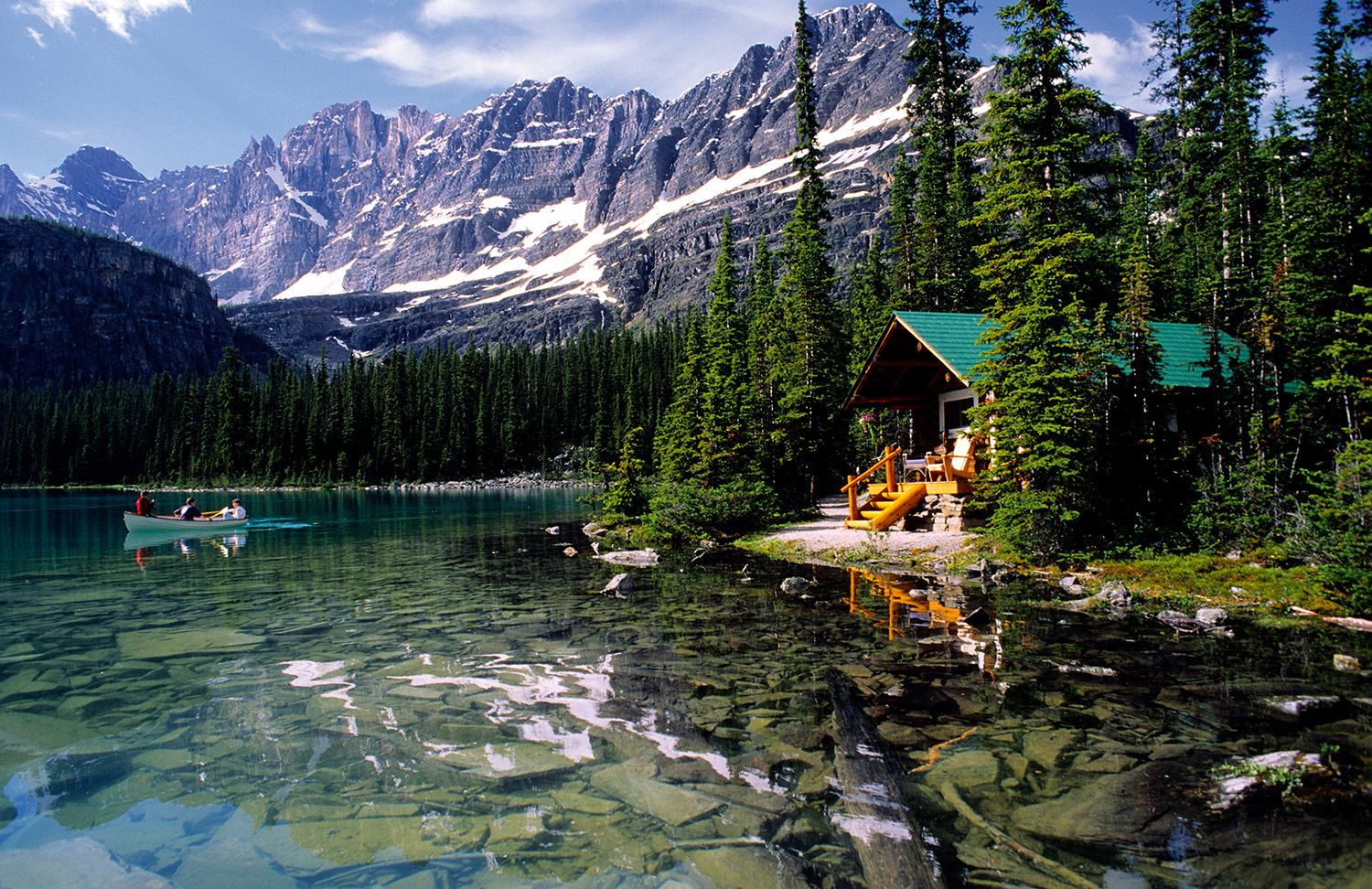
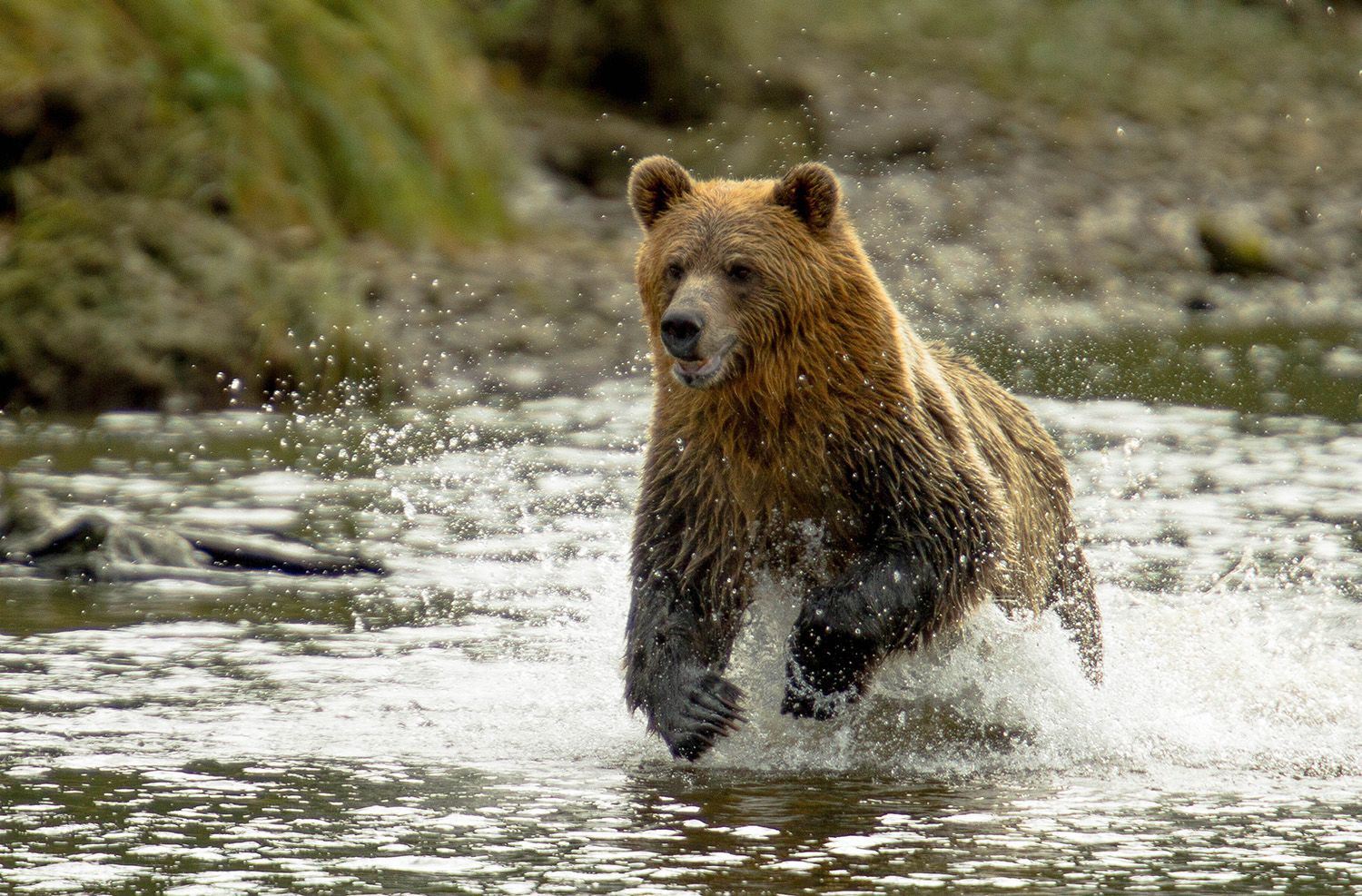
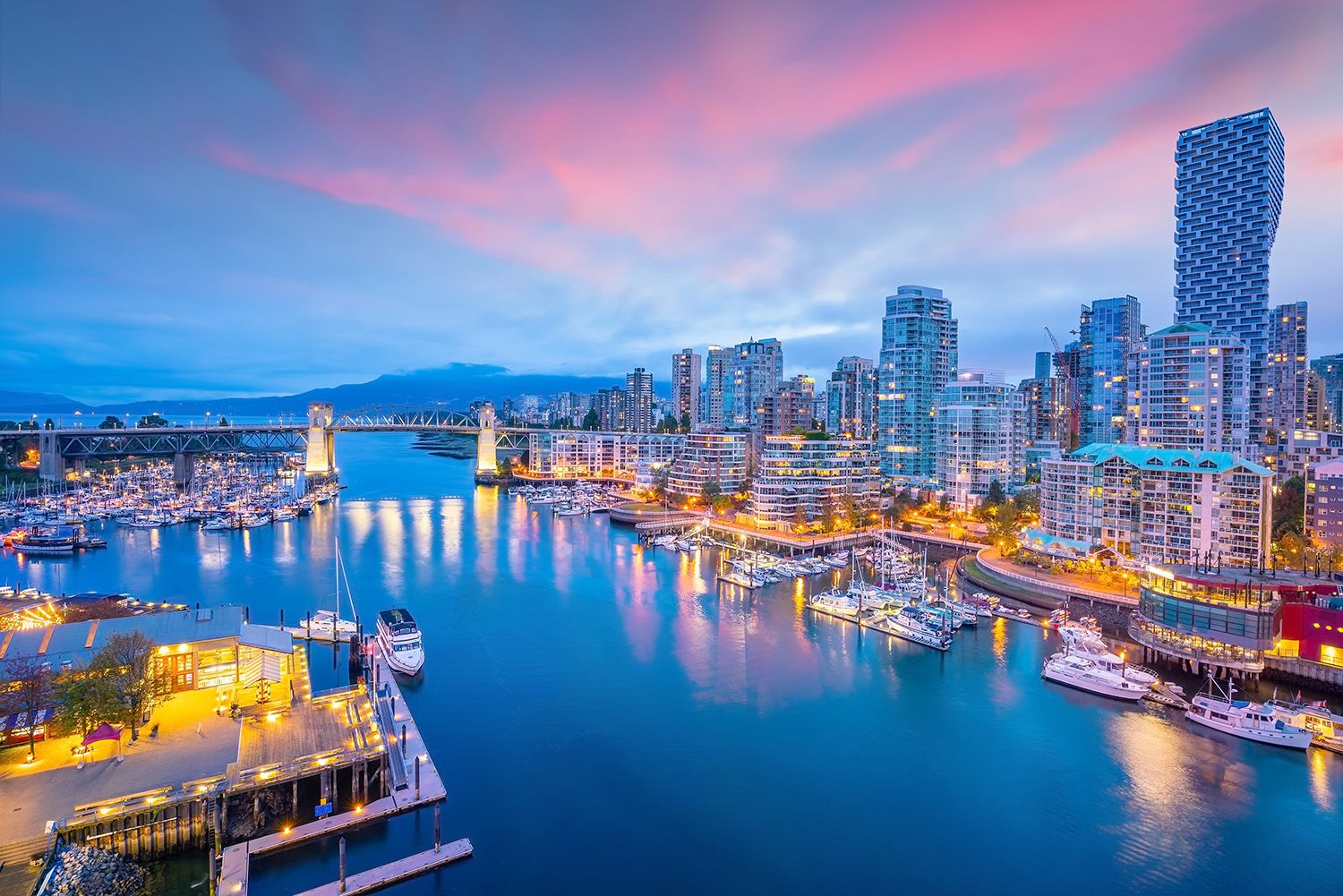
Your top 10 favourites
Gold British Columbia
Silver Galápagos Islands
Bronze Deep South USA
4th Western Australia
5th Caribbean
6th Silk Road
7th Antarctica
8th Kerala
9th Patagonia
10th Malaysian Borneo
While British Columbia is arguably something of a newcomer, the same can’t be said of your runner-up. Ecuador’s Galápagos Islands is one of travel’s evergreens, even if it has suffered in recent years. The absence of tourism has certainly hit the islands’ 25,000-strong population hard, with visitor numbers dropping by 74% in 2020. But there have also been positive changes, too, and last year saw the protected marine area around the islands extended by 60,000 sq km. It is hoped that this will help preserve them for years to come, but any chance to see this fragile ecosystem is worth taking. You clearly feel the same.
In third place is the USA’s Deep South, a vast region covering five states (South Carolina, Georgia, Alabama, Mississippi, Louisiana). There are so many different ways to experience it, from riverboat cruises and road trips along the Mississippi to soaking up jazz in New Orleans and country music in Nashville. But most important of all is its history. This was where the birth of the Civil Rights movement in the USA began. Visits to its antebellum plantations remind us the dark days are not long since gone, while 2022 sees the opening of the much-anticipated International African American Museum in Charleston, exploring the city’s role as one of the USA’s largest former slave ports. Hopefully British Airways’ direct flights to the city will resume in time.
Not far behind is Western Australia. Brits barely had time to savour their newly launched direct flights to Perth before the pandemic saw access cut off entirely. With luck, travellers can return soon. Then there’s perennial favourites the Silk Road and Antarctica. Late 2021 saw Ponant, Hurtigruten, Silversea and others resume their Antarctic cruise seasons for the first time since March 2020, and hopes are high that interruptions are minimised in 2022.
More surprising is the appearance of the Caribbean this high. With islands being a recurring theme in these awards, their appearance is not just indicative of a desire for uncrowded escapes, but a growing recognition of just how much variety’s there, particularly among the lesser-visited isles. The tumbling falls and walking trails of the Dominican Republic or the lush tropical forests of St Lucia offer much more than just beaches, carnivals and rum punch. It’s time they were embraced.
Lastly, Patagonia (Chile/Argentina) and the jungles and orangutans of Malaysian Borneo are much discussed in these pages, but it’s been a few years since we got to enthuse about Southern India’s Kerala. Inching its tranquil backwaters on modified kettuvallam houseboats, once used to transport spices to the port at Kochi, remains one of the world’s great slow-travel adventures. We’re glad you still love it, too.
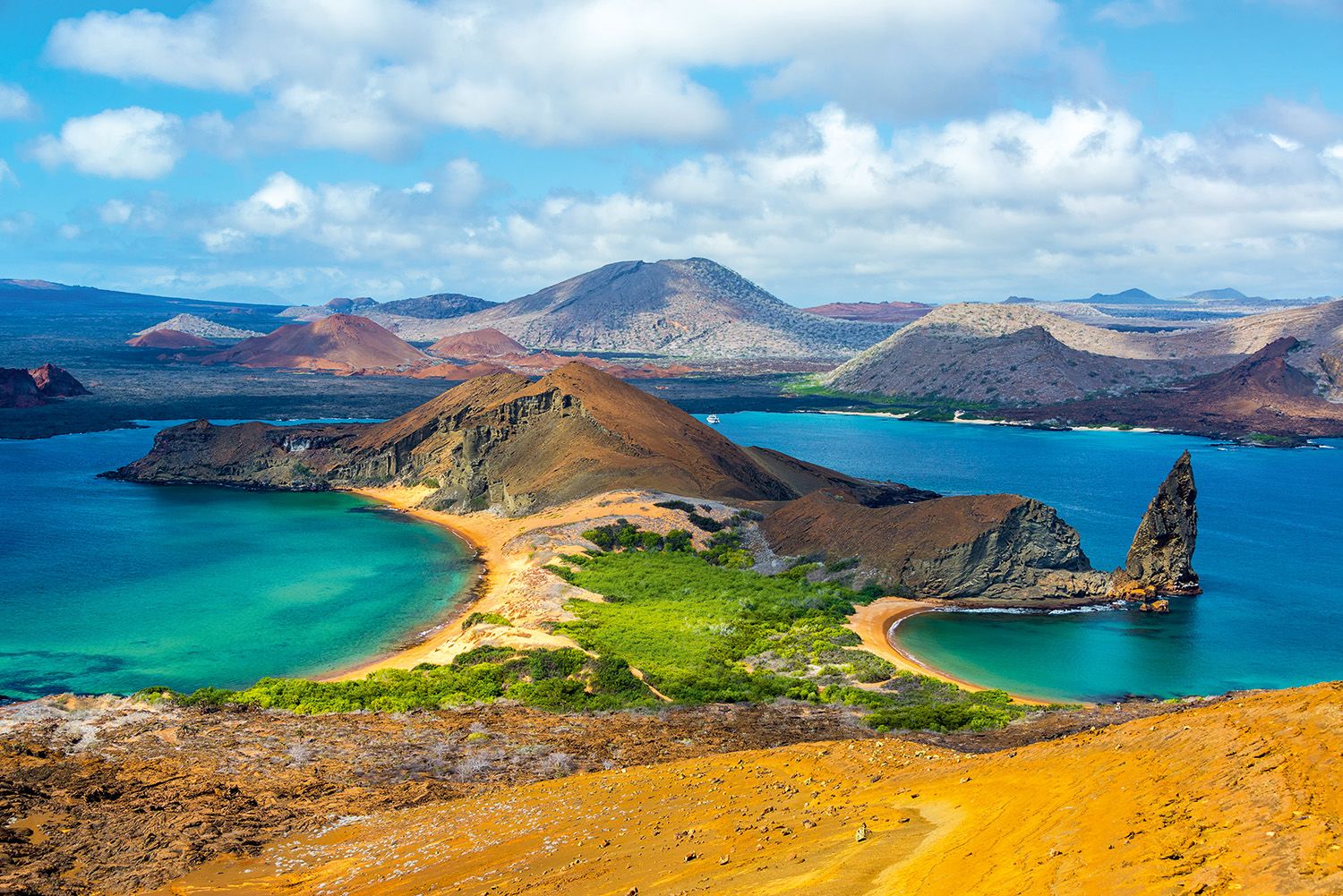
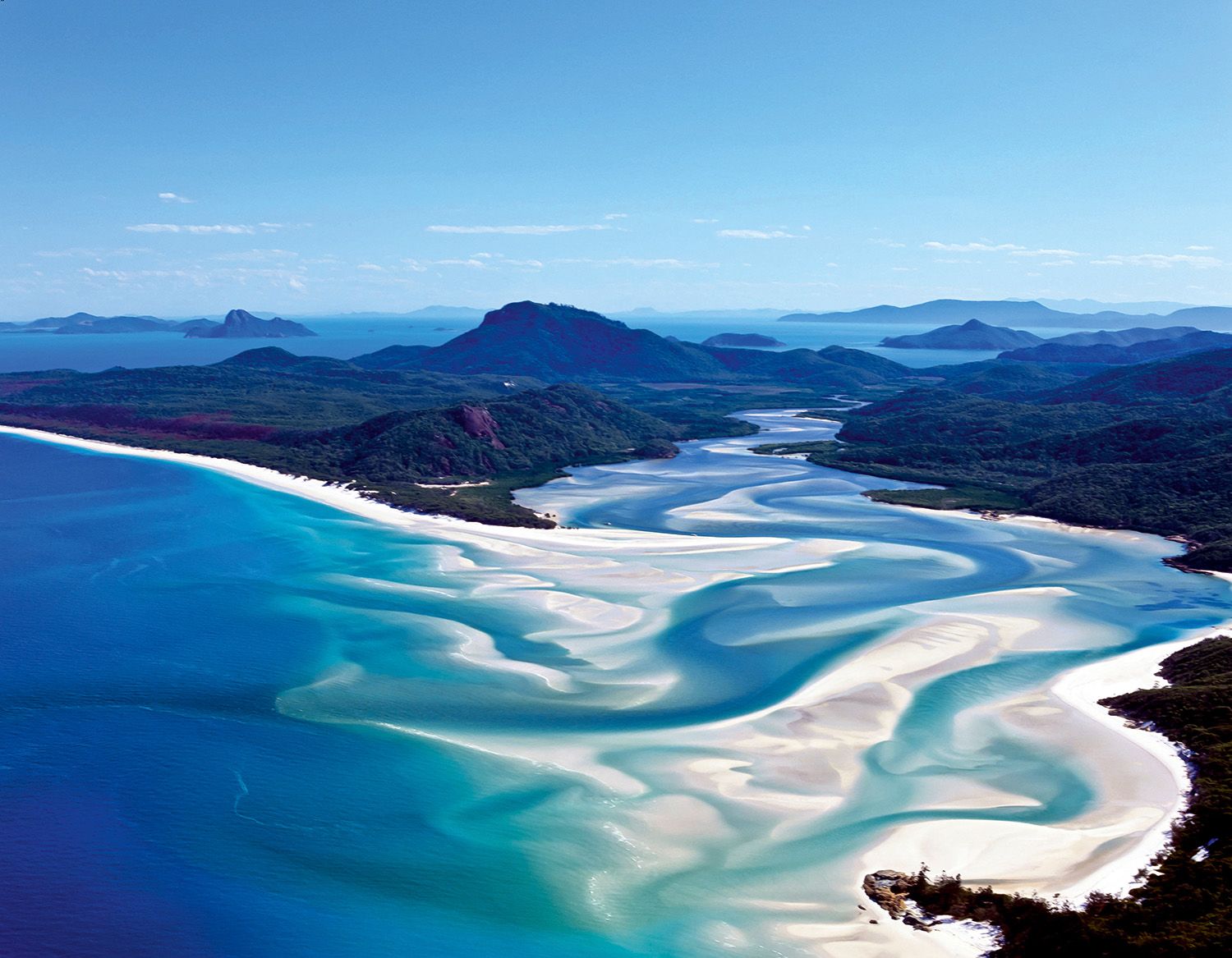
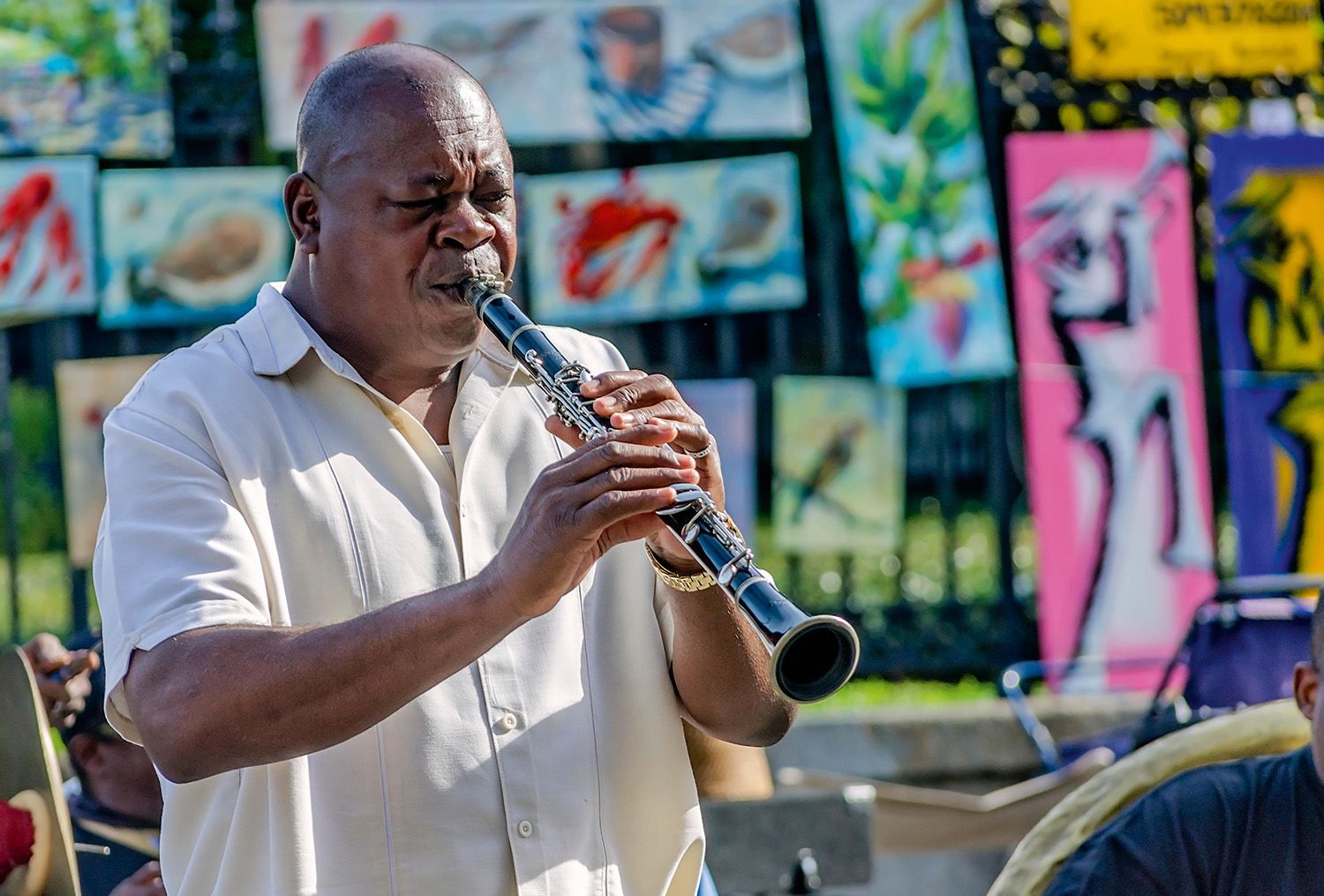
Most Desirable Region (Short Haul)
THE GREEK ISLANDS
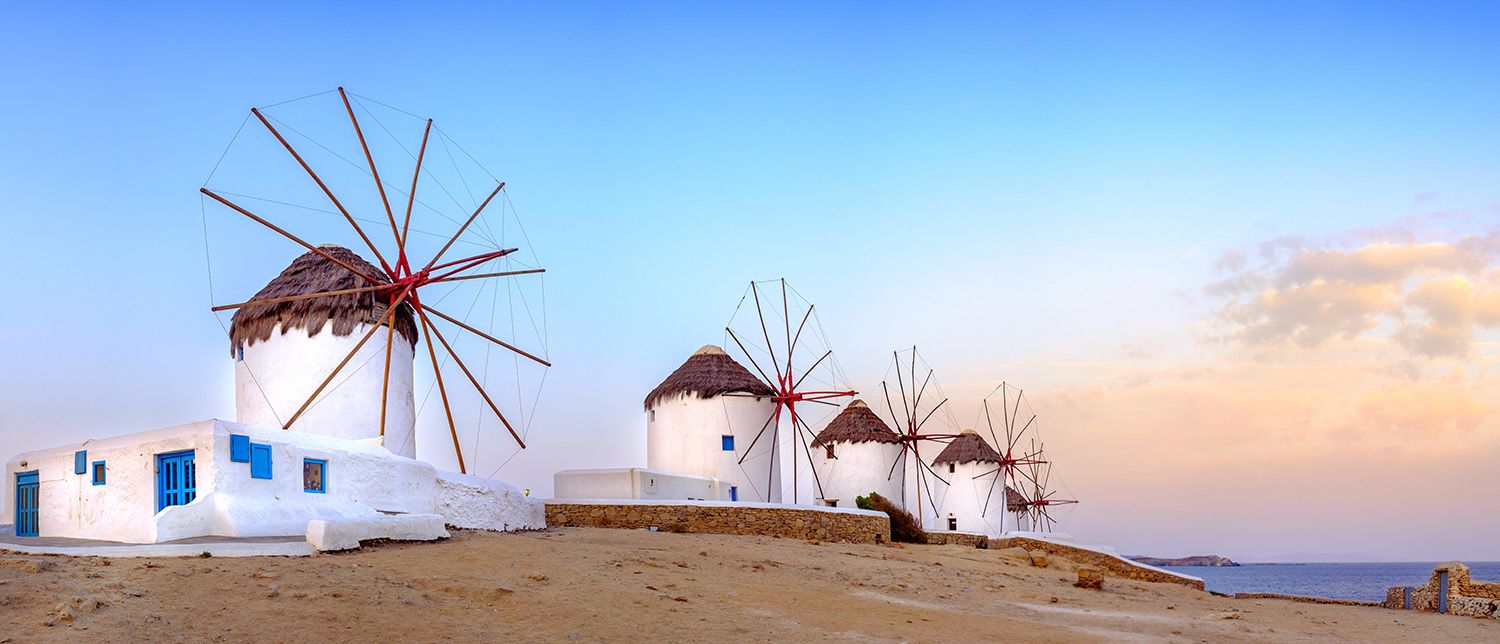
There are so many potential reasons you could have chosen this as your top pick. Perhaps our Greek Islands special last June tugged at some old memories, or maybe you recall the summer of 2020 when it was one of the few European countries still welcoming travellers. But that’s all rather the point: it could be anything because there’s such variety here. Each of Greece’s islands – and there are over 200 of them – are culturally and historically unique. From the Italianate harbour towns of the Ionian islands to the blue-domed villages of the Cyclades, to the medieval citadels and Roman ruins of the Dodecanese, there is so much to discover. The only thing uniting them is sunshine and water so clear that you could be looking through glass.
You’re certainly not the first to be charmed. These islands have inspired artists since antiquity. Homer’s Odysseus was said to have set sail from peaceful Lefkada, while some say Shakespeare drew on Corfu’s scalloped coast as inspiration for The Tempest. Myth and history are easy bedfellows here. When wandering the ruins of the Minoan Palace on Crete, you can’t help but conjure images of labyrinths. That’s what happens when your history dates back 7,000 years.
The old reputation of Greece’s islands as a place to flop ’n’ drop was always a misnomer. The reality is much wilder, whether trekking the petrified forests of Lesvos, driving hairpin clifftop bends in northern Kefalonia, or exploring the volcanic wonders of Nisyros. There is wildlife, too. Try snorkelling alongside loggerhead turtles in Zakynthos or watching Jersey tiger moths erupt in a cloud of wings at Rhodes’ Butterfly Valley and then tell us that it’s all just beaches.
There’s so much here to conjure with: wildlife, nature, food, mountains, history, and you can’t ever see them all at once. One trip is just the start of a lifelong obsession.
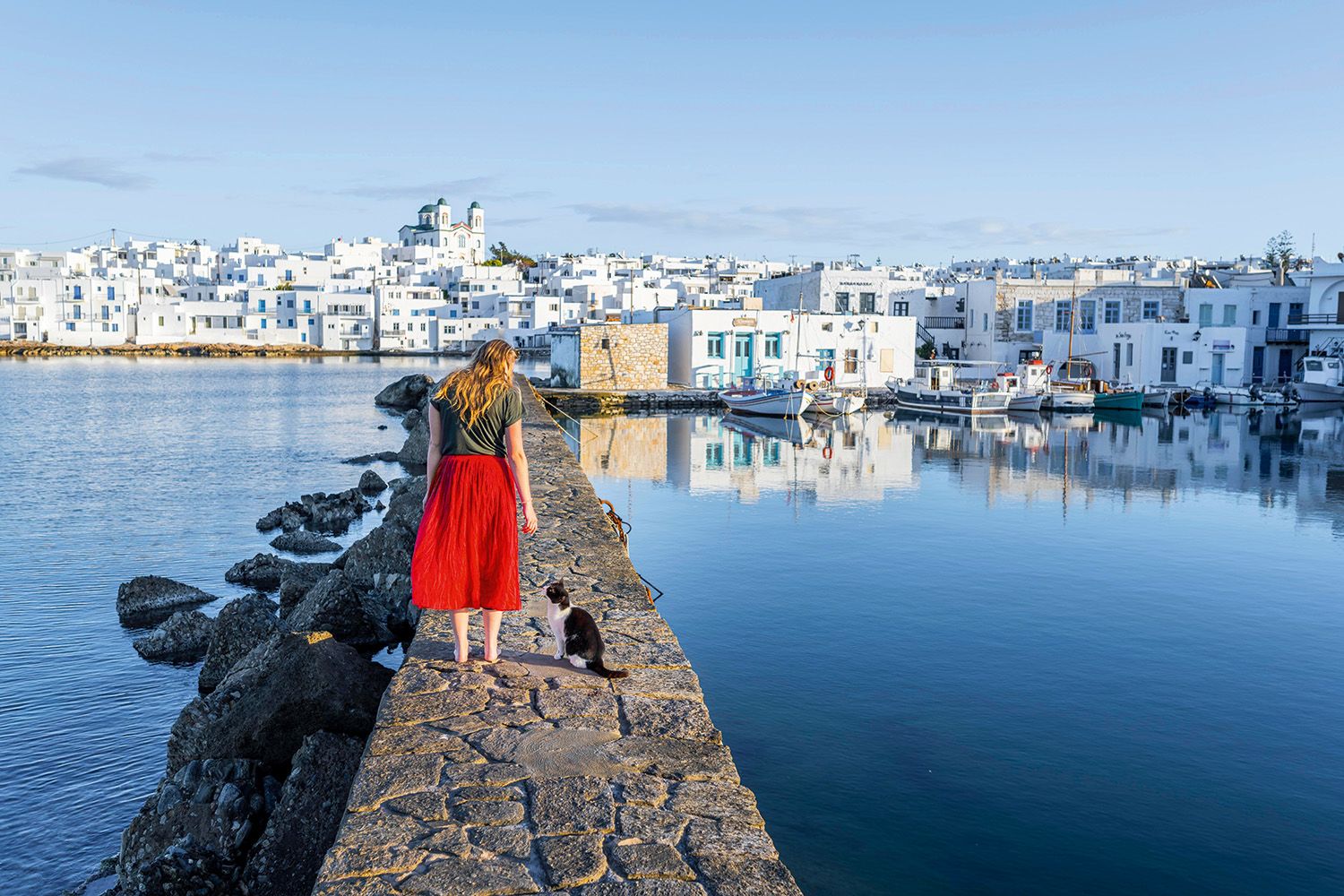
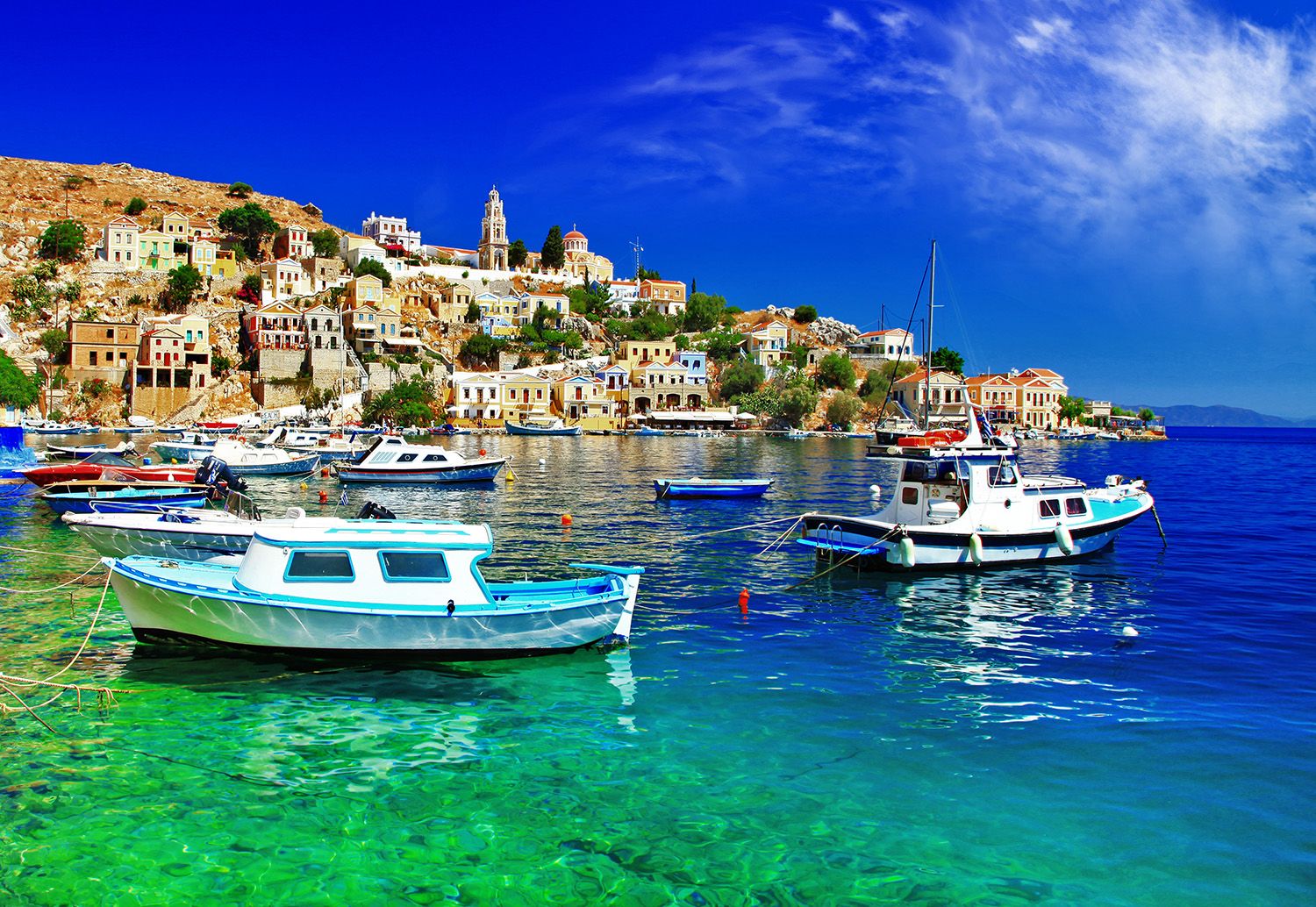
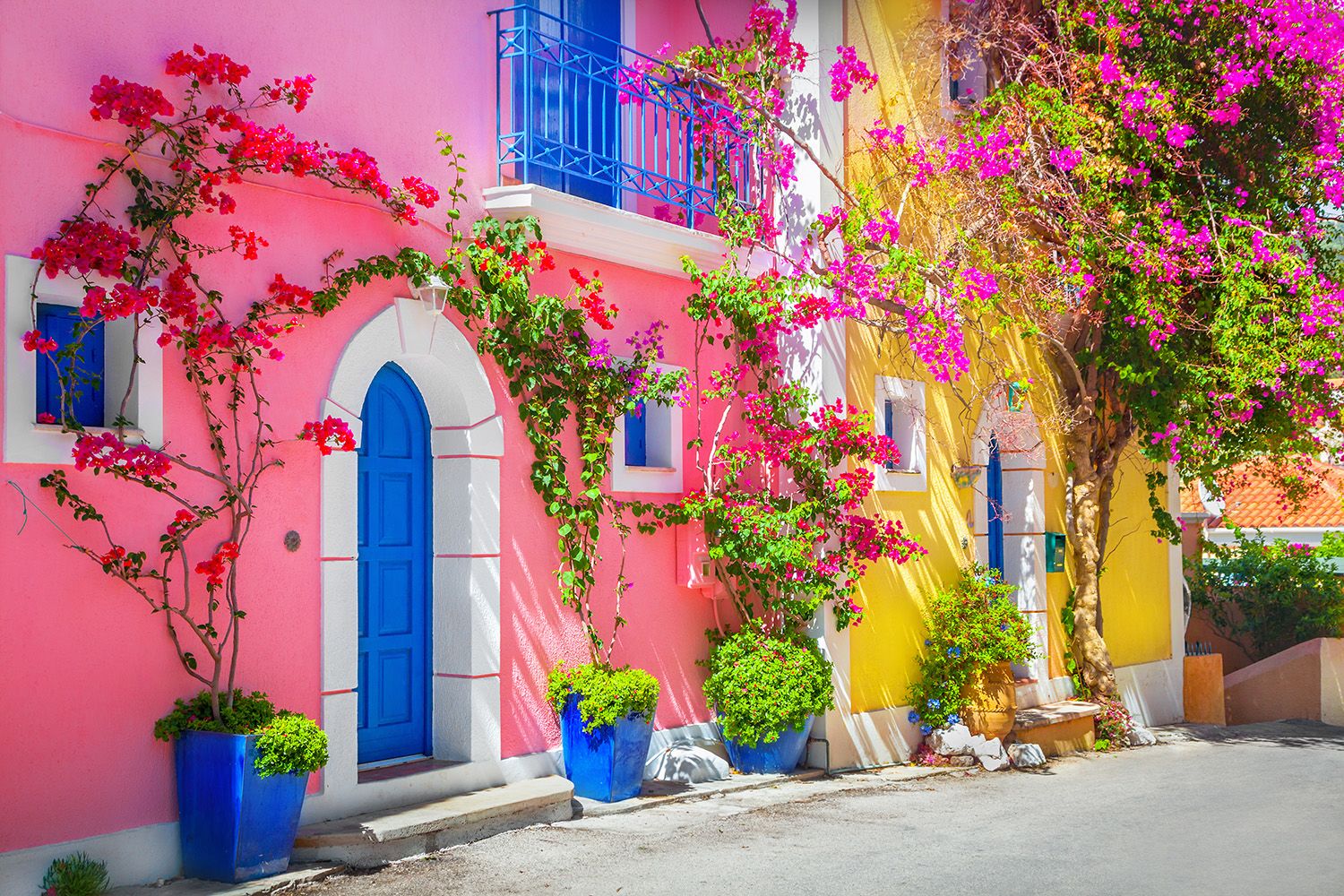
Your top 10 favourites
Gold The Greek Islands
Silver The Azores
Bronze Sicily
4th Catalonia
5th Andalucía
6th South Tyrol
7th Lombardy
8th Scottish Islands
9th Brittany
10th Bavaria
It’s an island triple bill when it comes to your most in-demand short-haul regions. Your picks for second (The Azores) and third (Sicily) definitely veer more towards the rugged end of the scale, with plenty of opportunities to disappear in solitude among volcanic trails, pad quiet mountainside villages or just escape to lonely hidden shores.
Certainly, Portugal’s Azores have plenty of open-air adventures. Its seas are famed for their whale watching (Apr-Oct), and humpbacks can be spotted breaching the waves in great cascades of water early on in the season. On land, the lush, rolling hillsides of São Miguel reveal beautiful trails among the crater lakes of the Sete Cidades; or make for Pico instead where 15,000 people live in the shadow of Portugal’s highest summit. There are few wilder island escapes in all of Europe.
Sicily arguably has more in common with Spain’s Catalonia and Andalucía, which came fourth and fifth respectively. Each is packed with culture and character. Andalucía, in particular, is riding high, with regional capital Seville also having placed well in your pick for top ‘Short-haul City’. Its Moorish roots are visible in the capital’s Alcázar palace, but you’ll find cultural delights aplenty throughout the region, from lonely medieval hilltop fortresses to Bronze Age settlements, to Cordoba’s UNESCO-listed Great Mosque.
Just as intriguing are the clutch of mountain escapes that make up the middle of your top ten. Italy’s South Tyrol is many people’s idea of a classic hiking destination, but Lombardy is far better known as the home of Milan, where fashion boutiques, Da Vinci frescoes and the grand Gothic fancy of the Duomo still entrance visitors. To the north of the region, however, its border with Switzerland is fringed with Alpine peaks soaring as high as 4,000m. It’s prolific skiing country, which is something travellers are perhaps only just wising up to, with Alta Valtellina all set to host the Winter Olympics in 2026.
The Scottish Islands (we admit) are a pretty broad subject, but their popularity has definitely undergone a welcome boost during COVID times, with Brits mostly confined to travelling at home. However, the new UNESCO Trail, which includes sites in the Shetlands, Orkney and the furthest reaches of the Outer Hebrides, is likely to raise their popularity even further still and it will be interesting to see where you rate them next year.
Lastly, Wanderlust readers clearly know a thing or two about picking an underdog, and it’s good to see Brittany squeeze in at the end alongside the more established Bavaria. Sustainable travel is on the rise, and with short-distance ferries putting the French coast within a five-hour hop of the UK, this choice couldn’t be more on trend if it tried. The beaches, medieval châteaux, small islands and trails of one of France’s most overlooked regions offer a countryside escape to rival any in Europe, and it’s heartening to see that they’re finally getting their due.
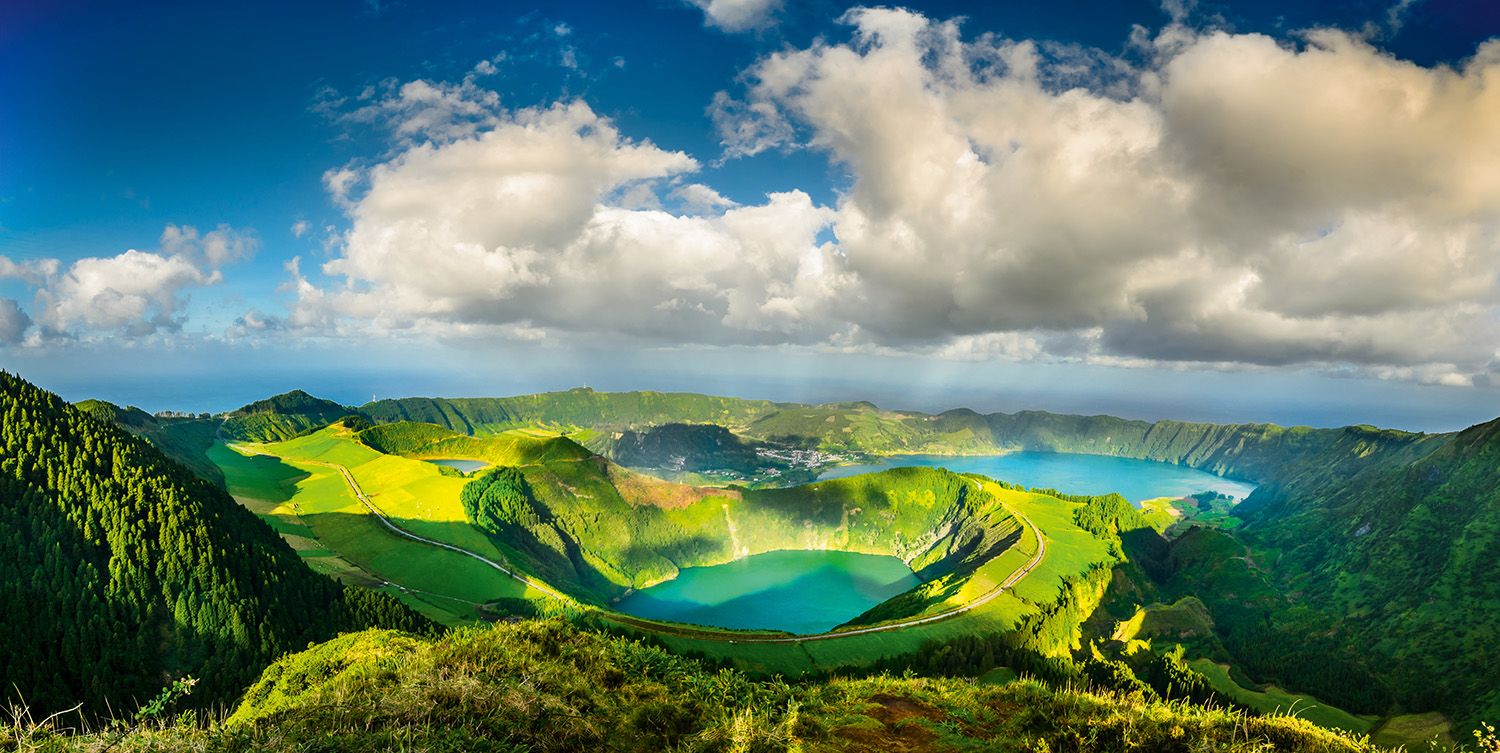
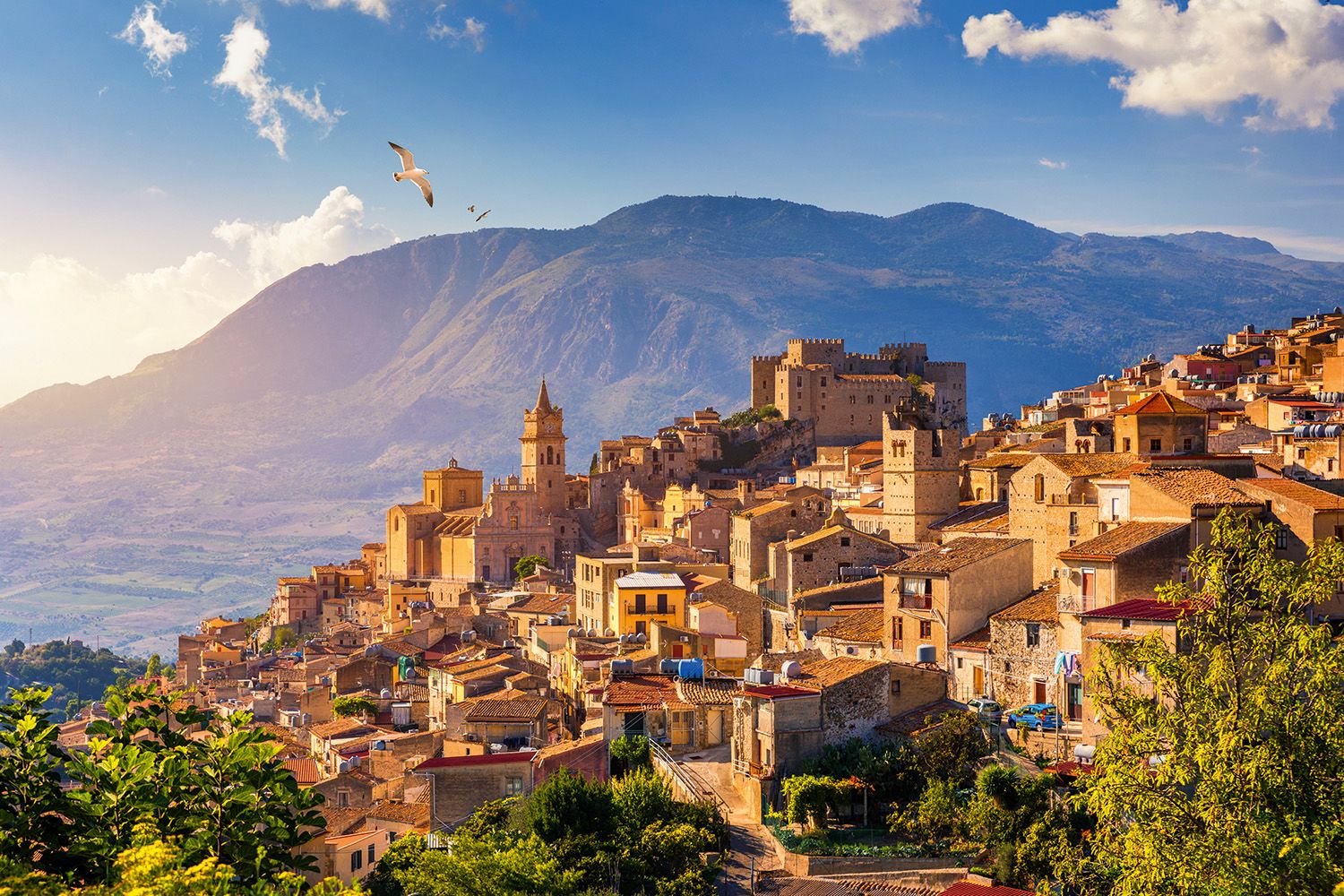
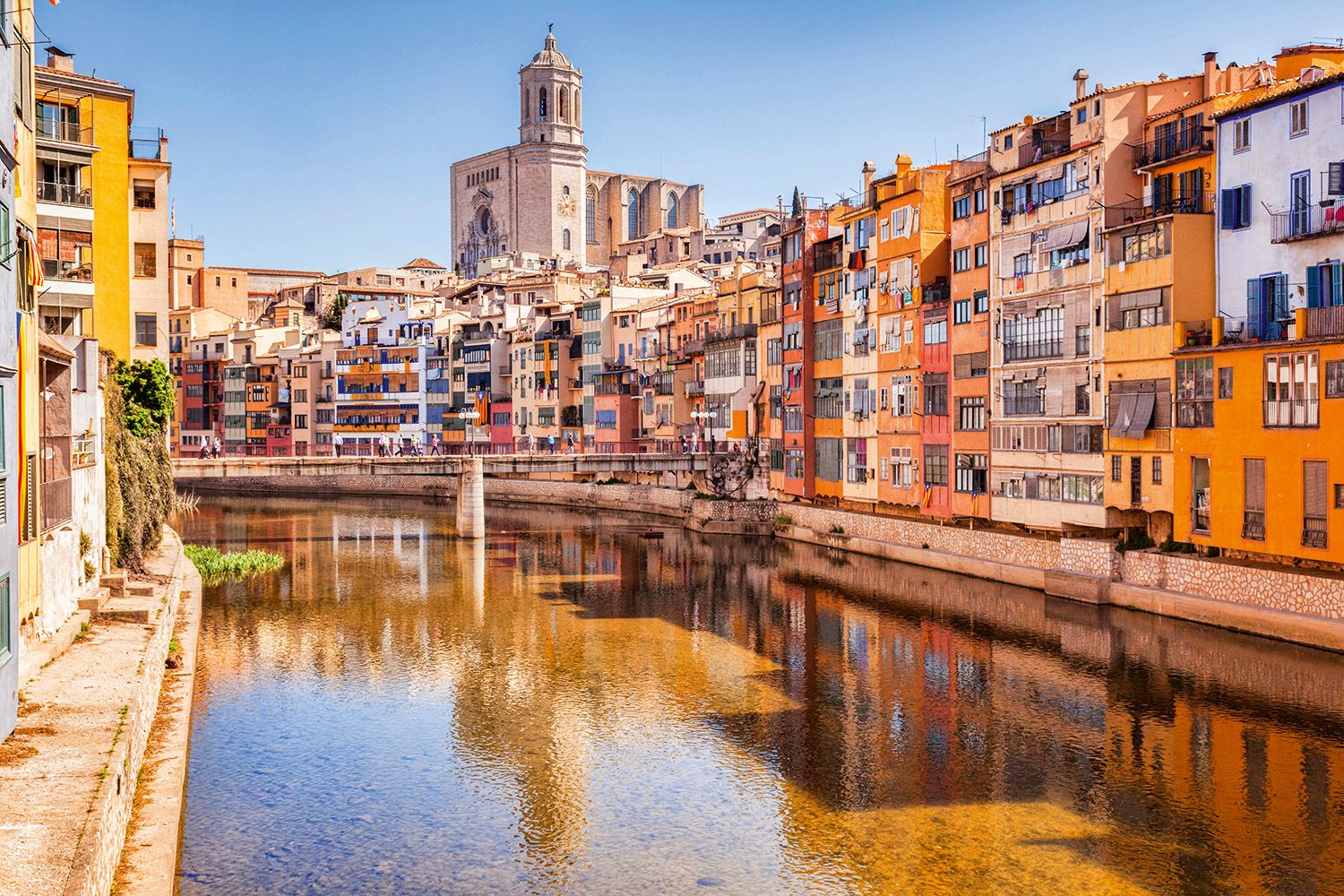
Most Desirable City (Long Haul)
SINGAPORE
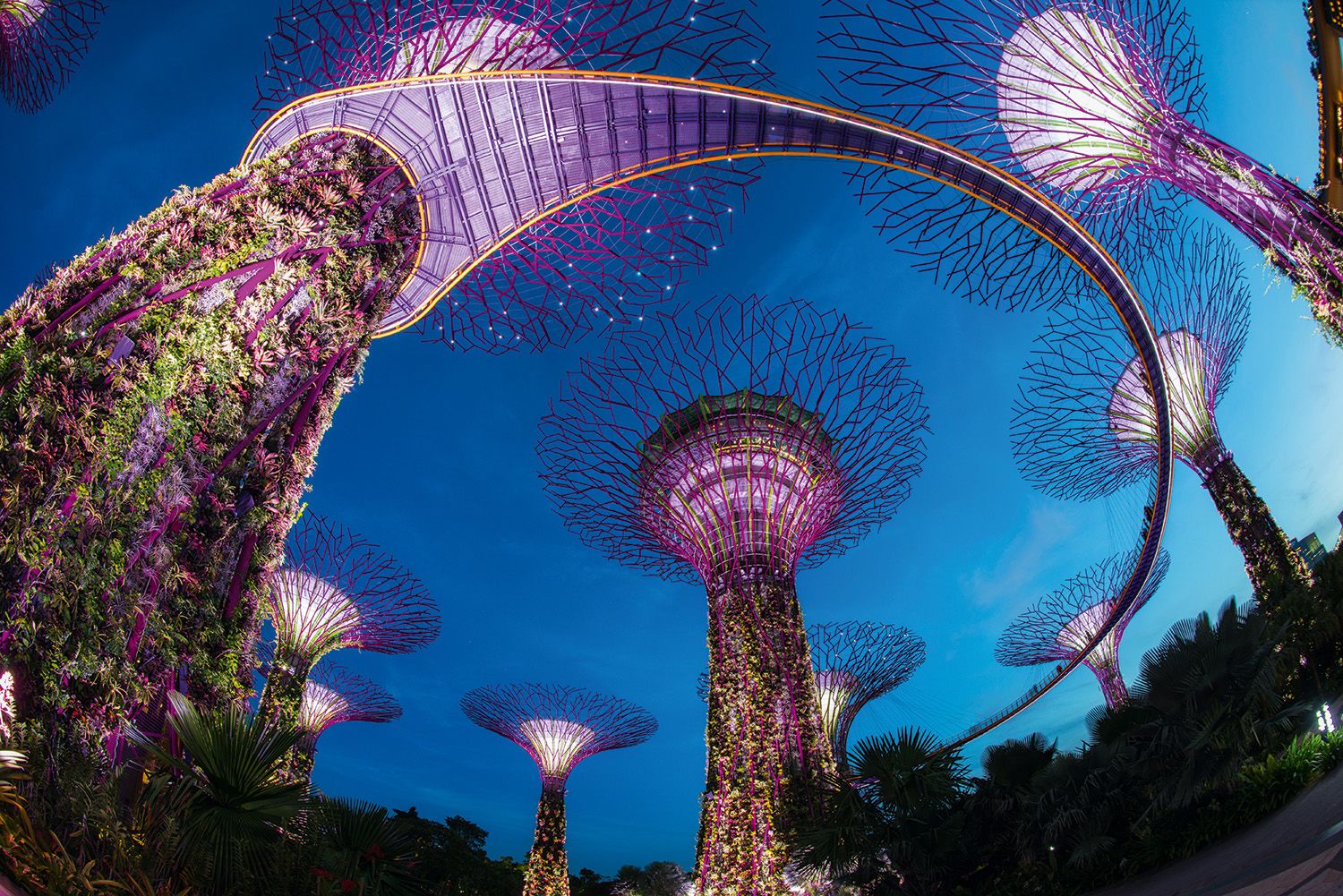
Another old favourite of Wanderlust readers, Singapore has always been the ultimate Asia stopover city: a busy urban hub filled with budget airlines that connects to everywhere. In between flights taking you on to larger adventures, you could always squeeze in a quick visit here, that is if you could drag yourself beyond the doors of world-class Changi Airport – an airport with its own internal rainforest. Doing so has clearly left an impression. Now it’s the final destination, not the stopover.
This is the second Wanderlust Travel Awards in a row that it’s made your list of top two cities. It’s even muscled ahead of destinations like Cusco (Machu Picchu) and Cartagena. Singapore is in many ways the antithesis of their ruins and history. Its gardens are confined to biodomes in futuristic ‘Supertree’ structures, but there’s no shortage of culture here.
Yes, you’ll find as many high-end boutiques and stays
as in, say, Dubai, but there is also a rich mix of cultures.
The Chinatown, Little India and the Katong districts reflect that Mandarin, Tamil and Malay are all spoken here as national languages. In an island city-state of 5.6million, that’s remarkable and reflected in an eclectic, diverse, cheap local cuisine.
You want incredible food? Hawker Chan (once the world’s cheapest Michelin-starred meal) may have lost its star in 2021 but it’s no less of a bargain, as are the other hawker centre eateries. Then there’s the trails and rainforest parks that cut through the urban hustle, as monkeys and flying lemurs cavort in the air. Or you can rent a kayak and tour the islands offshore for a glimpse of how the city used to look. What’s more, Singapore has unveiled a Green Plan 2030, with ambitious plans for a sustainable and very green future.
Covid-19 may have curtailed Singapore’s travel-hub status but 2022 sees it promising to gradually reopen. What might surprise them is just how many visitors don’t want to move on.
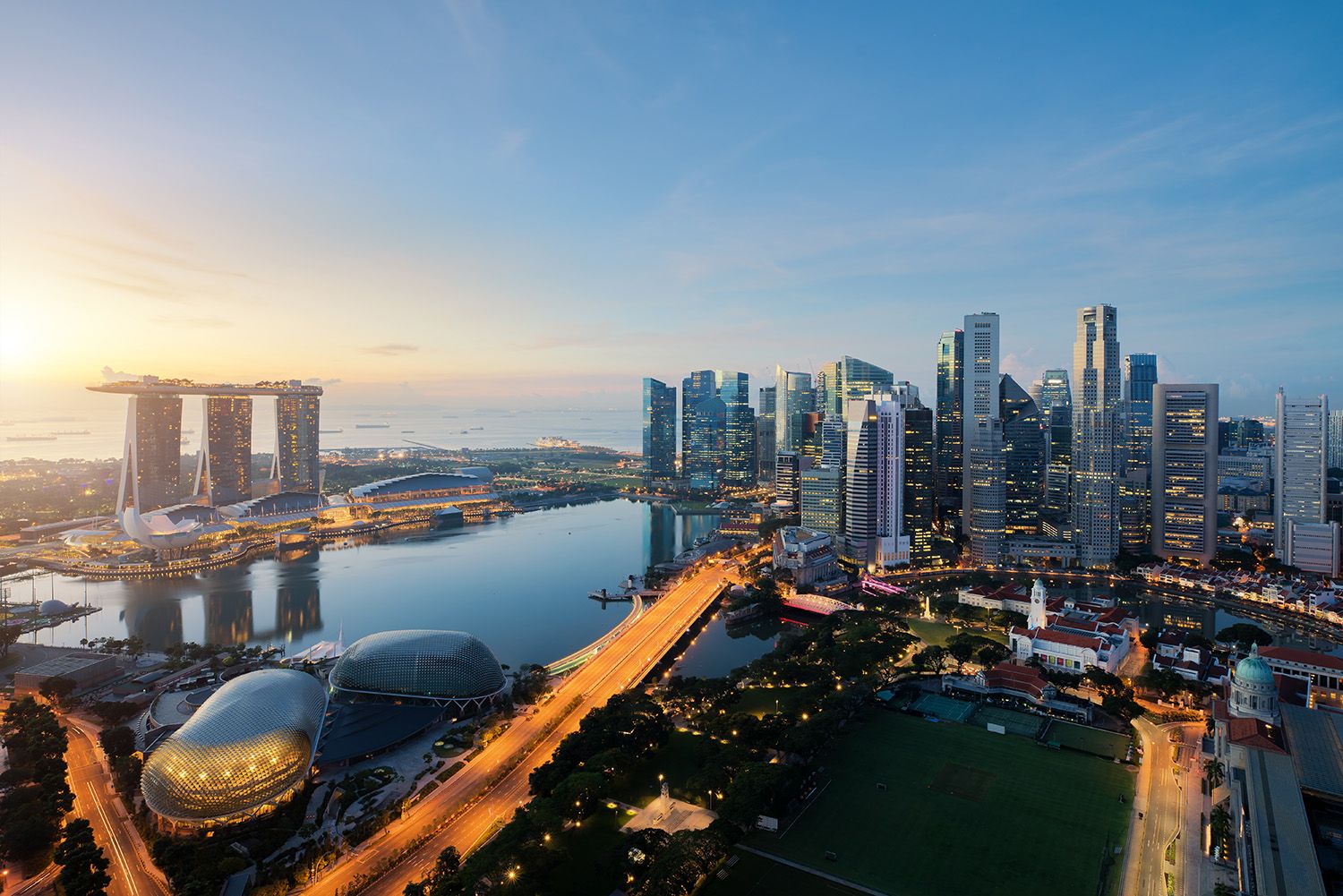
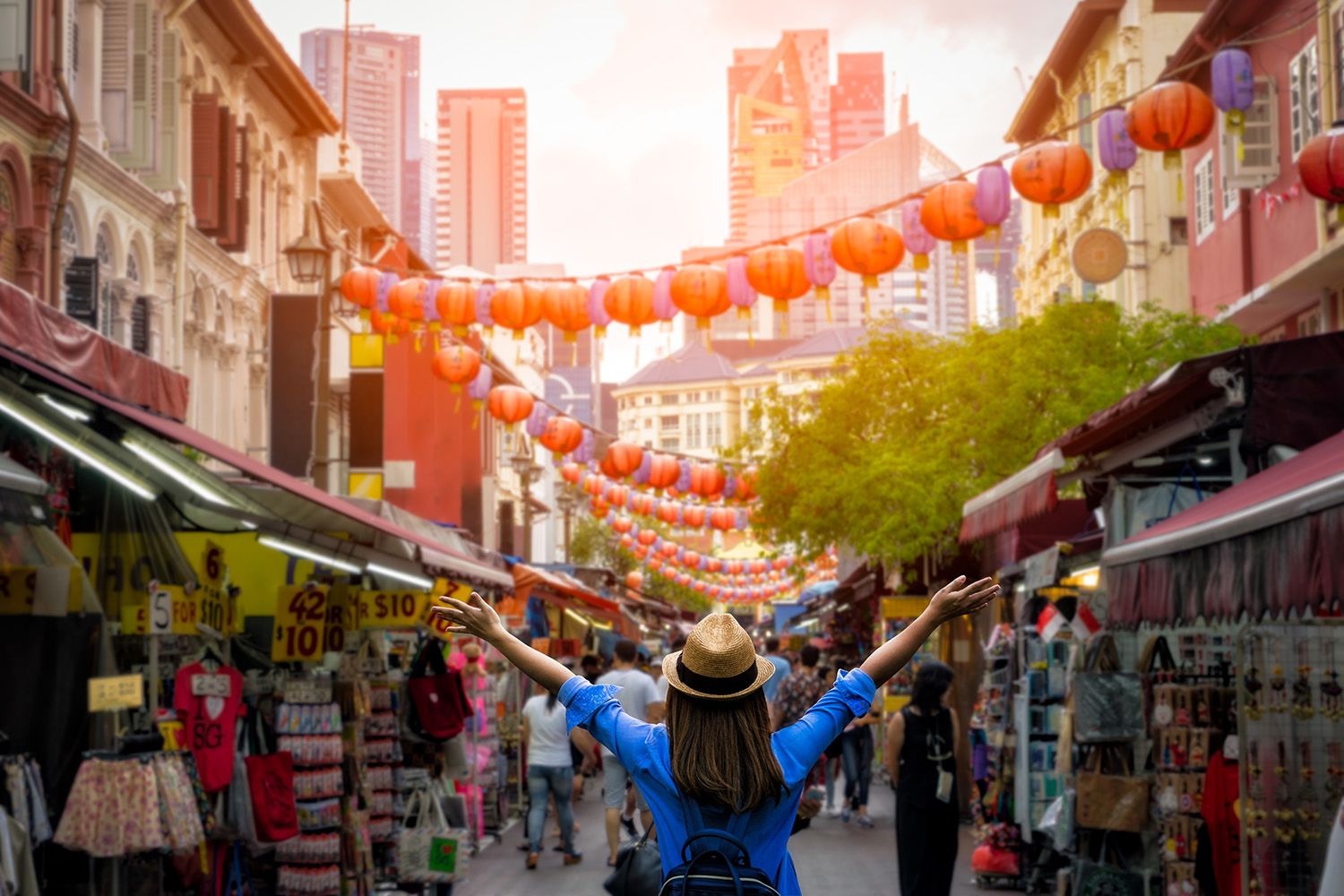
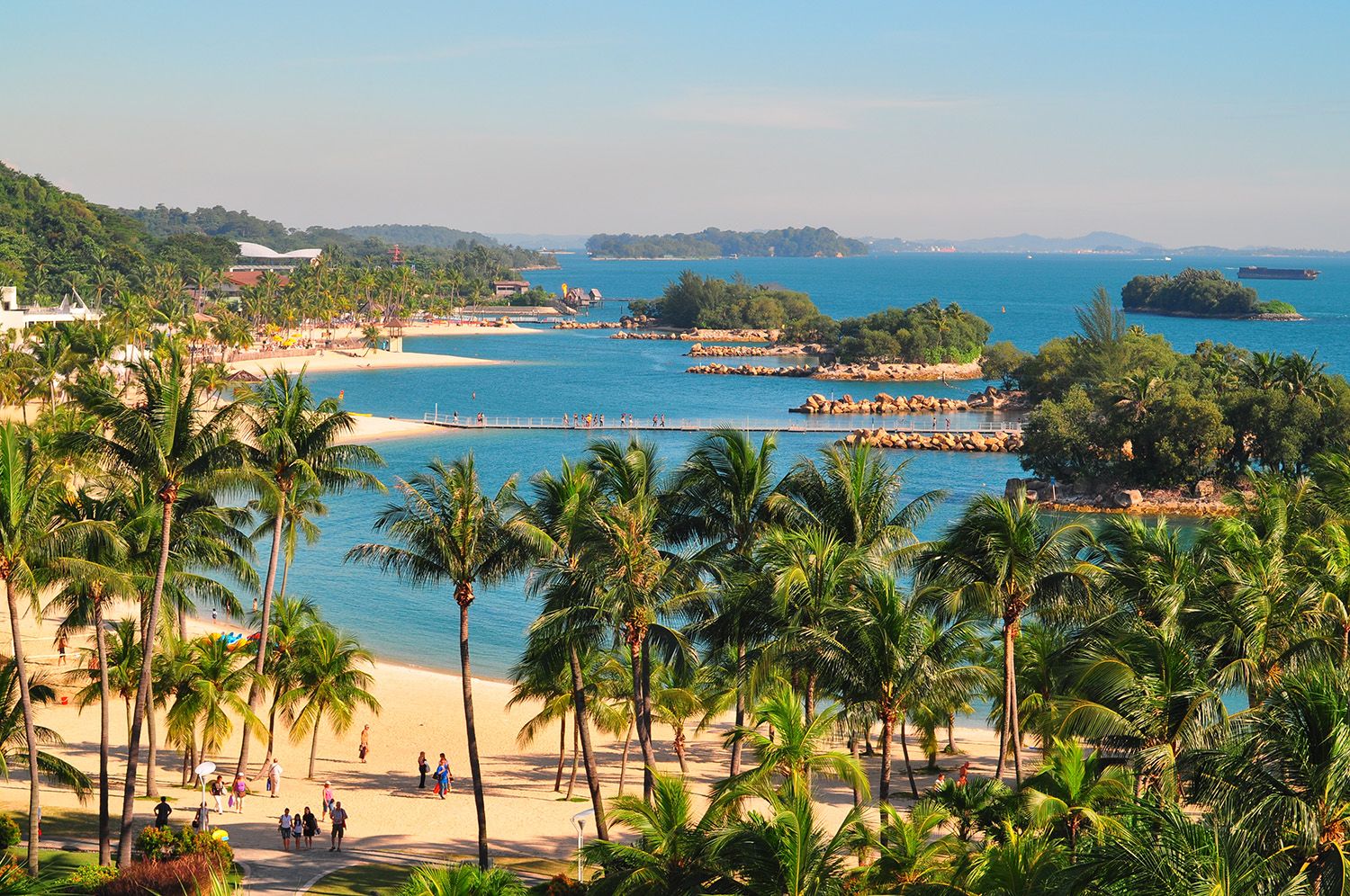
Your top 10 favourites
Gold Singapore
Silver Cusco
Bronze Cartagena
4th Havana
5th Chicago
6th Tokyo
7th Quito
8th Luang Prabang
9th Cape Town
10th New Orleans
While Singapore has inched towards top spot, its Peruvian running mate, Cusco, has been just as stealthy. Both scored highly in previous Wanderlust Travel Awards, and the latter’s popularity certainly fits with its bucket-list appeal as the gateway to Machu Picchu and the Sacred Valley. After a couple of years of lockdowns, the chance to trek the Inca Trail or the lesser-trod Lares Trek, camping beneath starry skies and ancient ruins, seems like bliss to us. But it’s our bronze medallist that breaks
a few more boundaries.
Colombia’s nascent tourism industry has been one of the bigger casualties of the past couple of years. In 2019, it saw a record haul of visitors (4.5million), just two years after its President received the Nobel Peace Prize for putting an end to the violence that has dogged its cities. Its reputation went from being among the most dangerous places in the world to gracing every glossy travel hot list imaginable, and its pin-up city was Cartagena. Its 16th-century walled centre, overflowing with bougainvillea, has long been a busy stop for cruise ships. That it didn’t place higher is perhaps only because so few had the chance to experience its gentle pleasures before the pandemic shut everything down.
In many ways, Cuba’s Havana (in fourth) has had a similar journey, though its rise wasn’t nearly as stratospheric. Its colonial streets, lined with vintage cars, already saw plenty of arrivals; it’s just that few of them were American. Its brief moment in the sun (between President Obama’s lifting of USA’s travel restrictions in 2017 and Trump’s reimposing of them in 2019) saw tour operators leap on the city, as more travel options than ever emerged, from e-bike tours to rides in classic cars. Its brief dalliance with the travel mainstream ended perhaps a little earlier than it should have, but it is a city whose romance endures, especially among Wanderlust readers.
Further surprises emerge lower down where Chicago lies in fifth, ahead of Tokyo and Ecuador’s ‘gateway to the Galápagos’ Quito, whose colonial architecture and finely preserved historic centre are often overlooked. Chicago, meanwhile, has received plaudits in recent years for its exciting restaurant scene. It’s not just deep-dish, you know, and its Michelin-starred eateries clearly whetted your appetite.
We see that you’re still pining for old Wanderlust favourite Luang Prabang (a gold winner as recently as 2019), while it’s heartening to see New Orleans creep in at the bottom. Constantly battered but never out, the pandemic saw its Mardi Gras celebrations dialled back and its iconic jazz festival cancelled in 2021. But it has only made you more eager to visit, though, and if ever a city deserved your love, it’s NOLA.
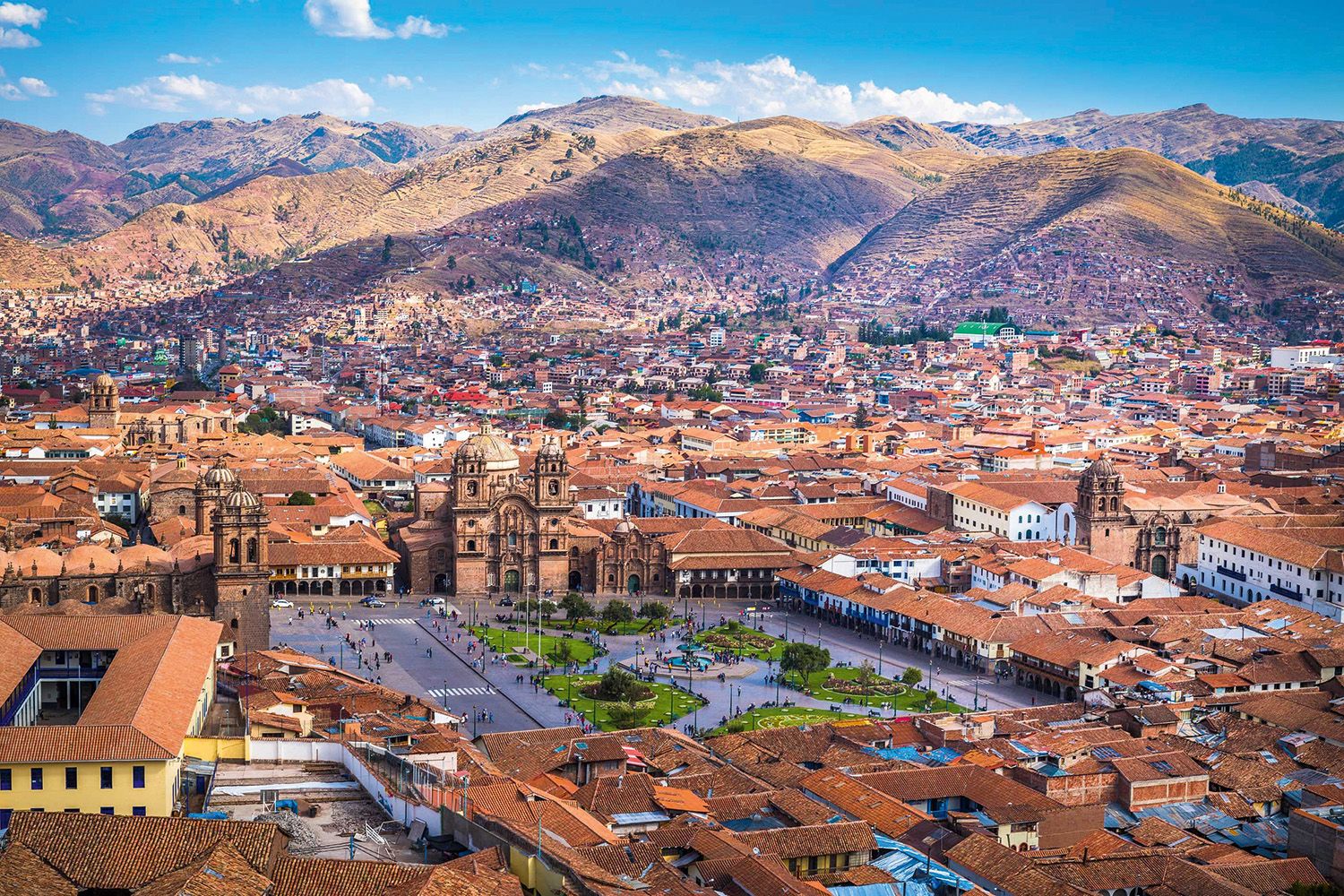
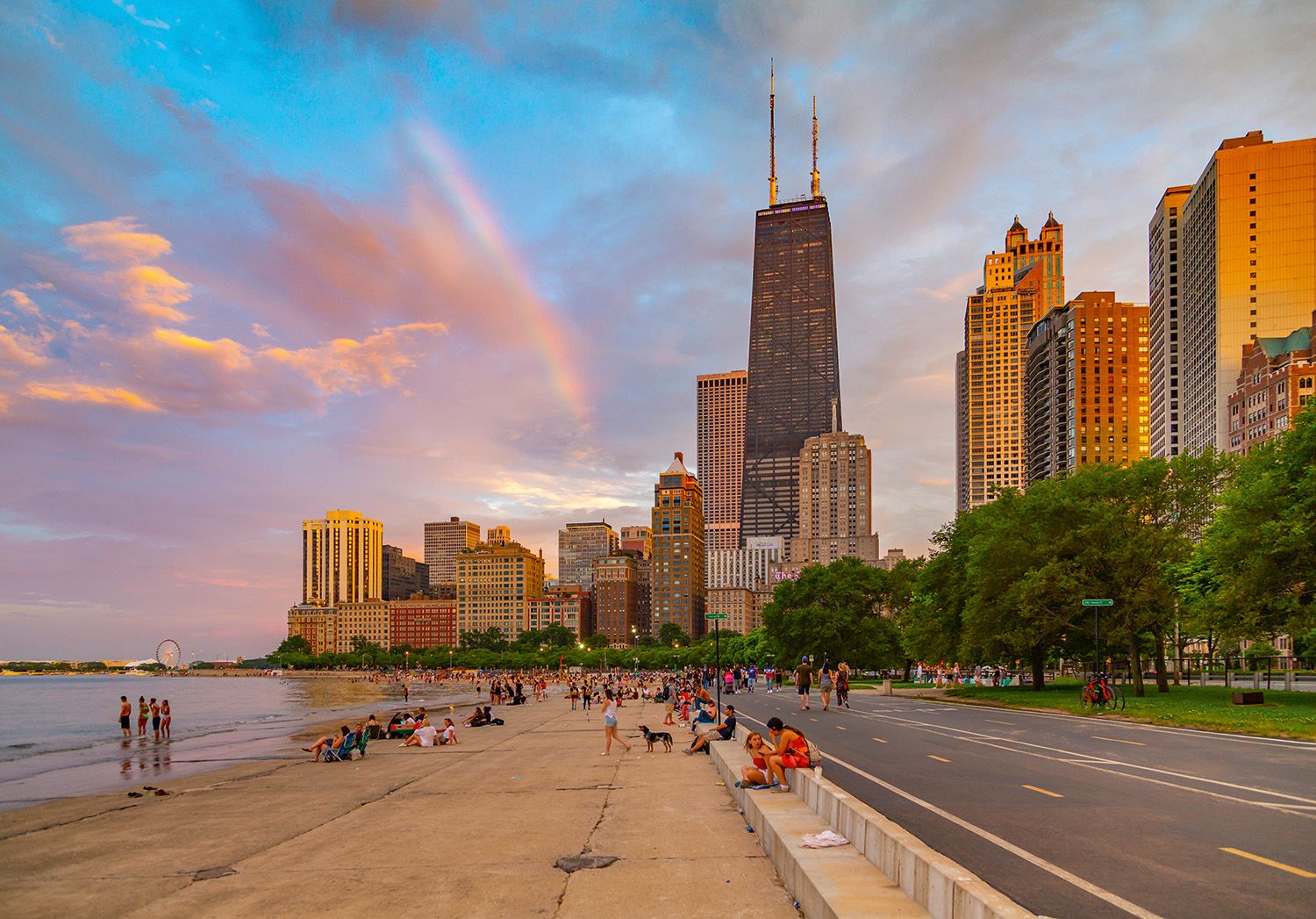
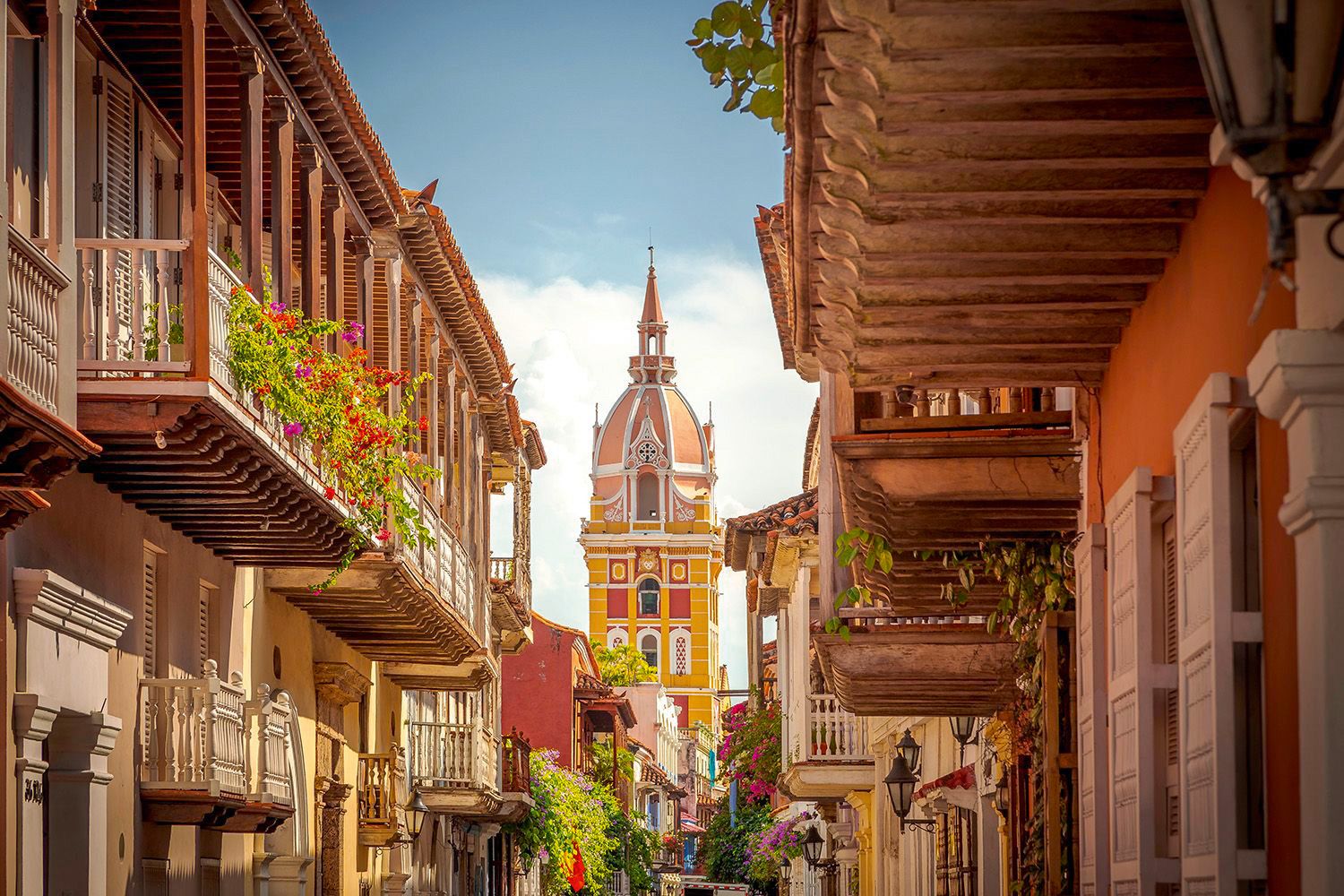
Most Desirable City (Short Haul)
LISBON
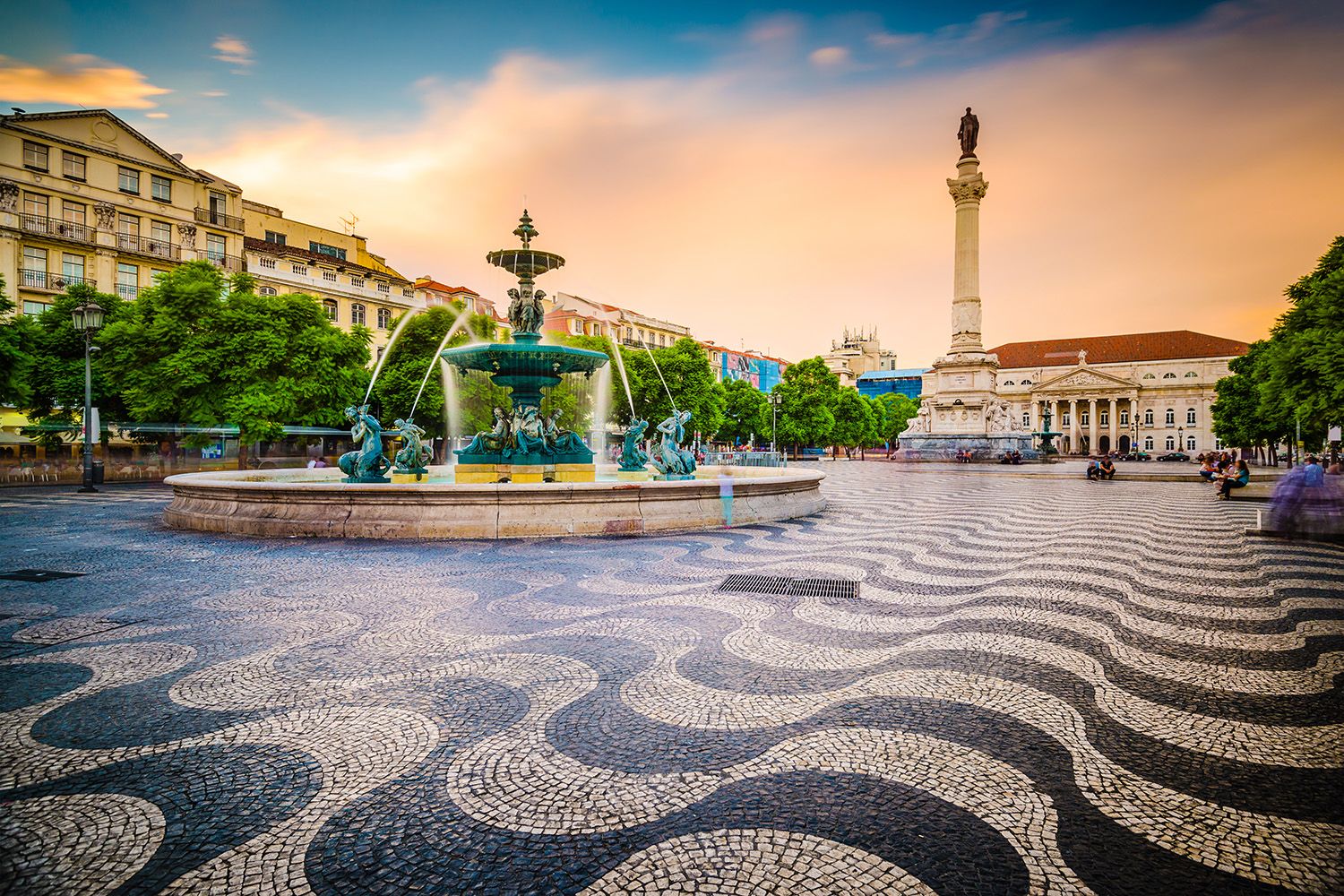
Portugal’s appeal is evergreen, particularly in the UK. Some 2.1 million British visitors flocked to its beaches, hilltop citadels and far-flung islands in 2019, before the pandemic struck. It’s telling that when travel restrictions were first lifted back in May 2021, 5,500 Brits a day were passing through Faro Airport. So, it’s no surprise to find Portugal’s historic capital flying highest on your list of top short-haul cities.
Lisbon has often featured in the Wanderlust Travel Awards, proving one of the world’s oldest cities (pre-dating Paris and Rome) has lost little with age. Certainly, riding its No. 28 tram past Art Nouveau friezes, Romanesque churches and bakeries scenting of custard tarts never gets old.
Its streets have the air of a classic European short break. This was one of the continent’s wealthiest cities during its 15th century heyday, and relics of its medieval largesse are everywhere, from Belém’s monastery to São Jorge Castle, to the labyrinthine streets of the Alfama, which spanned the whole city back when the Moors overran this peninsula in the 8th century. Lisbon became Portugal’s capital in 1256, and plenty has changed since.
What’s interesting is how much the city has evolved in recent years. In 2020, it bagged a European Green Award for expanding its cycling lanes and public transport, while the pandemic has seen it reinvent itself in other ways. Old restaurants may have departed but a new Michelin-starred jewel has arrived in chef Pedro Penas Bastos’ Cura. Meanwhile, The Bernardo Art Deco Museum opened only last year and a newly renovated wing of the 18th-century Ajuda National Palace is set to become the Royal Treasure Museum in 2022.
When you do finally get back to Lisbon, it might not be the old city you remember. What you discover on your return could well be even better.
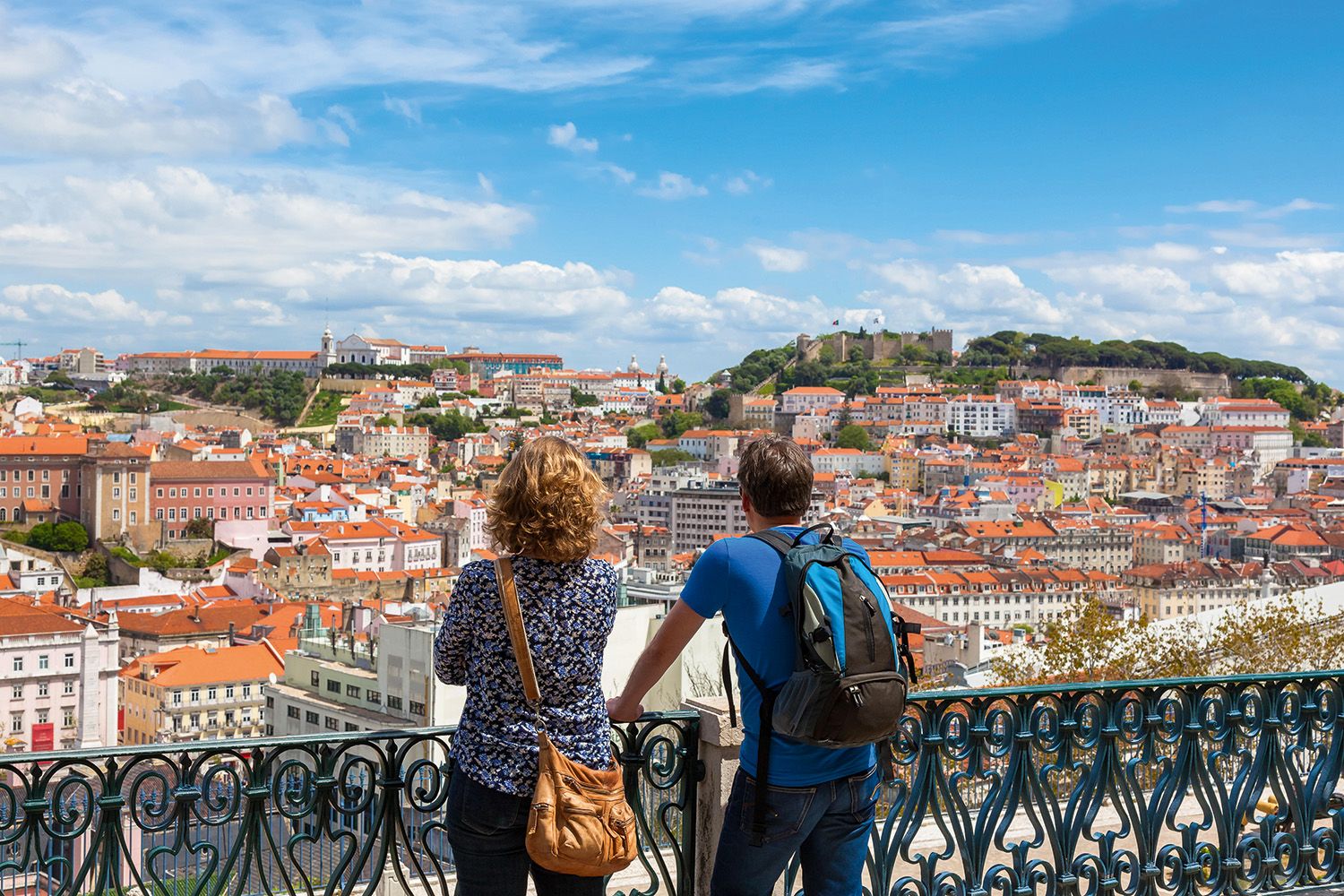
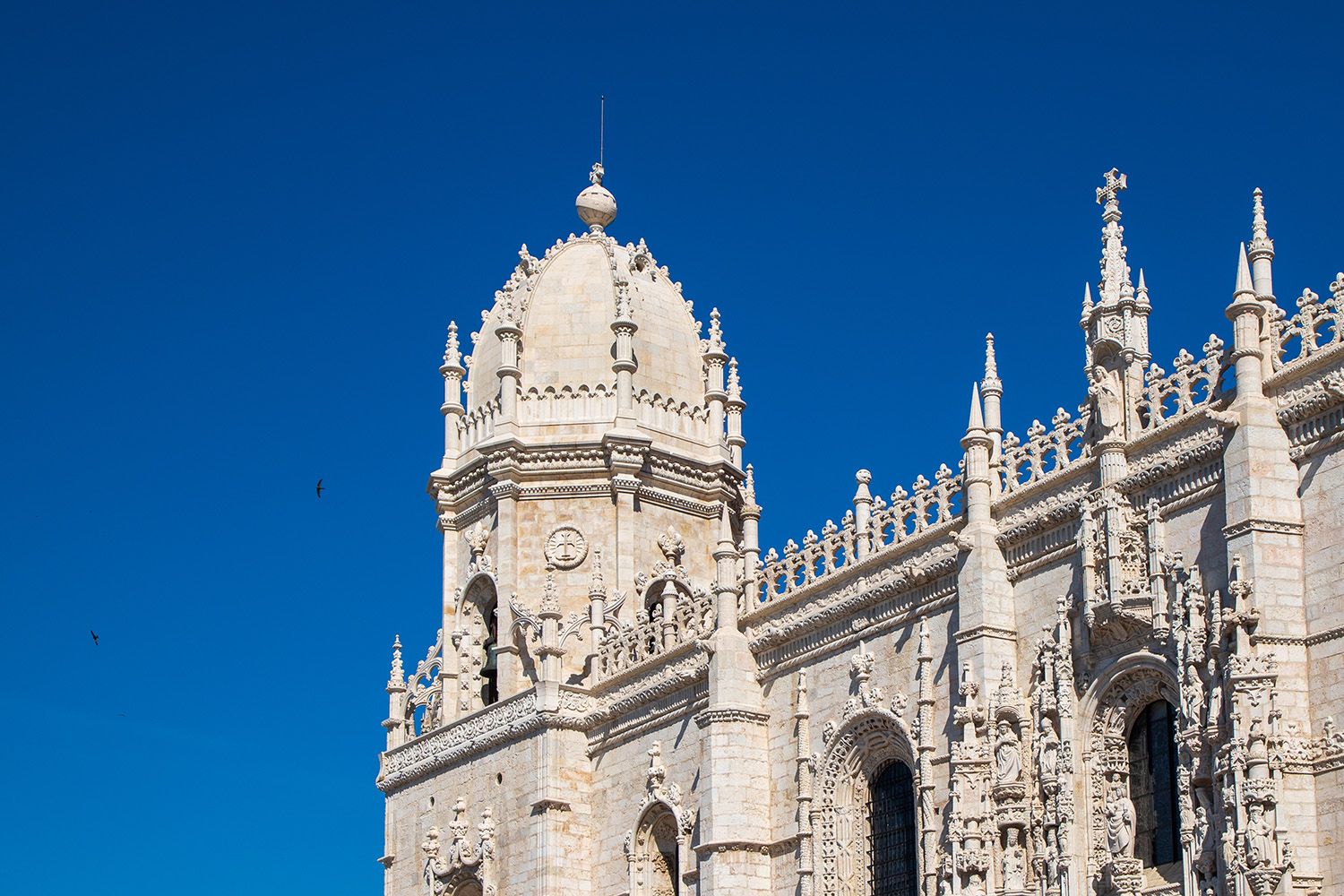
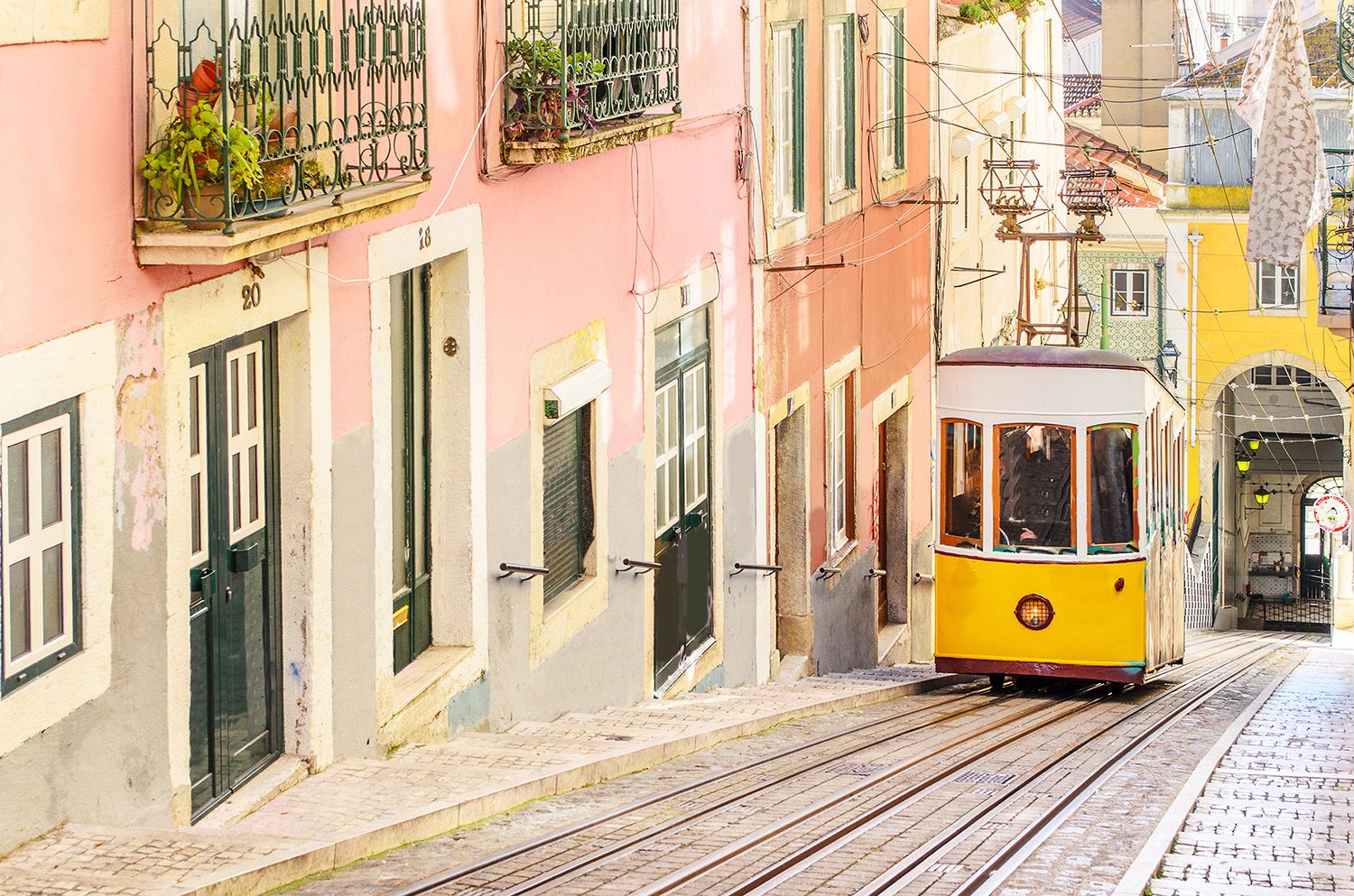
Your top 10 favourites
Gold Lisbon
Silver Seville
Bronze Tbilisi
4th Marrakech
5th Dubrovnik
6th Bologna
7th Tallinn
8th Salzburg
9th Stockholm
10th St Petersburg
Seville (Spain) has long been a perennial favourite in the Wanderlust Travel Awards. In 2019, it was even joined
in second place by Granada, proving that your love of Andalucía is definitely no flash in the pan.
We’re particularly intrigued to see Georgian capital Tbilisi riding high in your estimation. Our very own founder Lyn Hughes, who travelled with a group of Wanderlust readers on a pre-pandemic trip to Georgia, certainly approves and we’re delighted to see you share our enthusiasm for a capital whose abundant markets, museums, sulphur baths and gloriously preserved Old Town have long made it something of an overlooked joy – or at least until now.
On the other hand, Morocco’s Marrakech is a familiar name in these awards, though its reappearance (in fourth place) is a first for a number of years. Again, like a lot of cities that have fallen off these lists in recent times, it has perhaps suffered from over-familiarity and an abundance of budget flights. But when you take all that away, suddenly the chaos of Jemaa el-Fna square or the simple joy of just losing yourself among the hawkers of its labyrinthine Medina makes you realise what was there all along.
The same could be said of Dubrovnik (Croatia), for whom over-tourism had been a genuine problem up until 2020. The idea of wandering its stone-walled citadel or paddling out to the islands in peace before cruise season kicks back in again is definitely an appealing one.
However, the inclusion of Bologna over, say, more popular Italian cities (Rome, Florence, Milan) goes in another direction entirely. Both before and during the pandemic, the city’s star was on the rise, and not just for its food. The gateway to Emilia-Romagna (aka the ‘New Tuscany’) saw its 1,000-year-old colonnaded porticoes granted UNESCO status in 2021. We can see why you’d be intrigued.
The rest of your picks take on a distinctly wintry vibe, with the likes of Salzburg (Austria) and St Petersburg (Russia) especially captivating in the colder months. Special mention also goes to the two Baltic cities of Tallinn (Estonia) and Stockholm (Sweden) – a pair of capitals far more adventurous than they often seem. Life here revolves around the water, with the latter city scattered over some 14 islands. Come winter, you can skate on the sea ice around their coasts, while summer sees travellers kayaking to far-flung islands. That alone is worthy of your love.
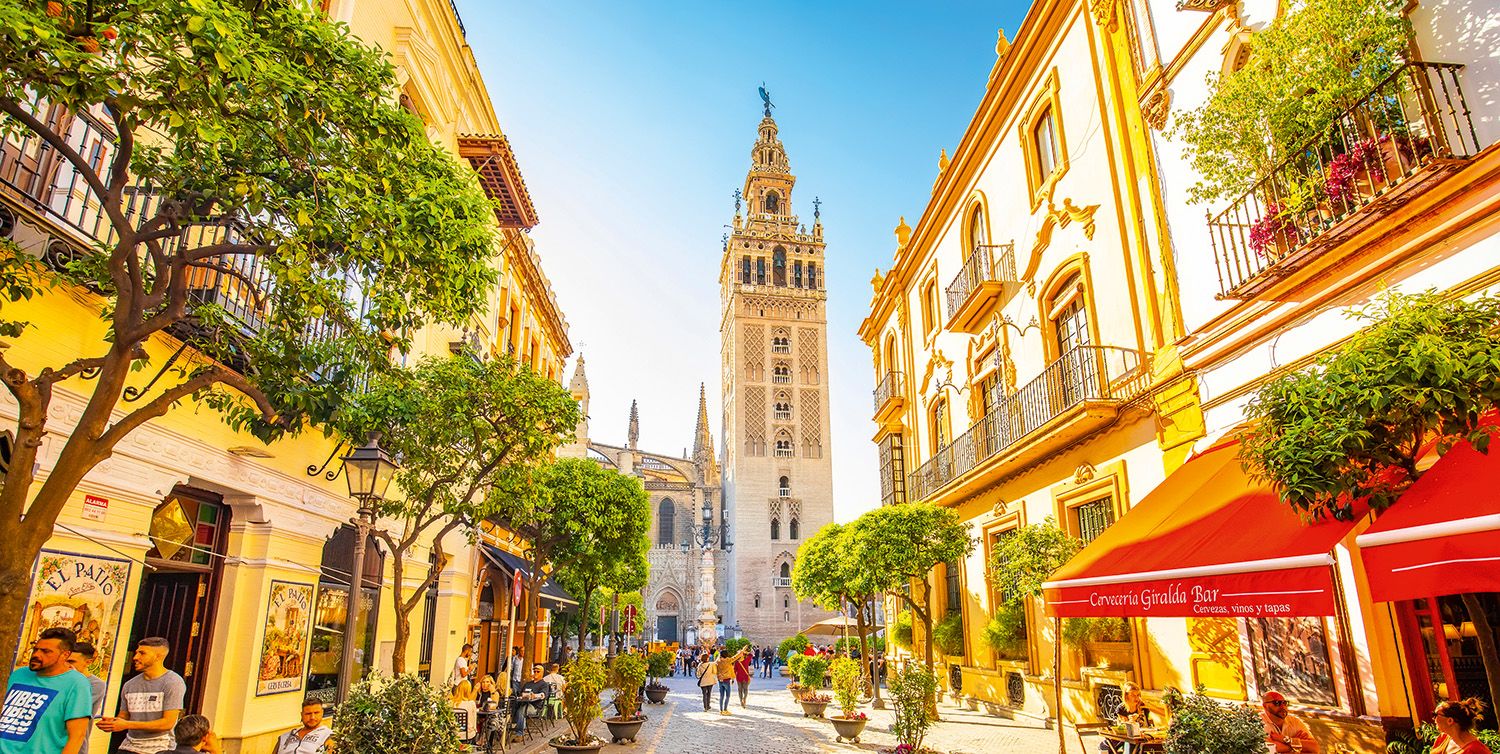
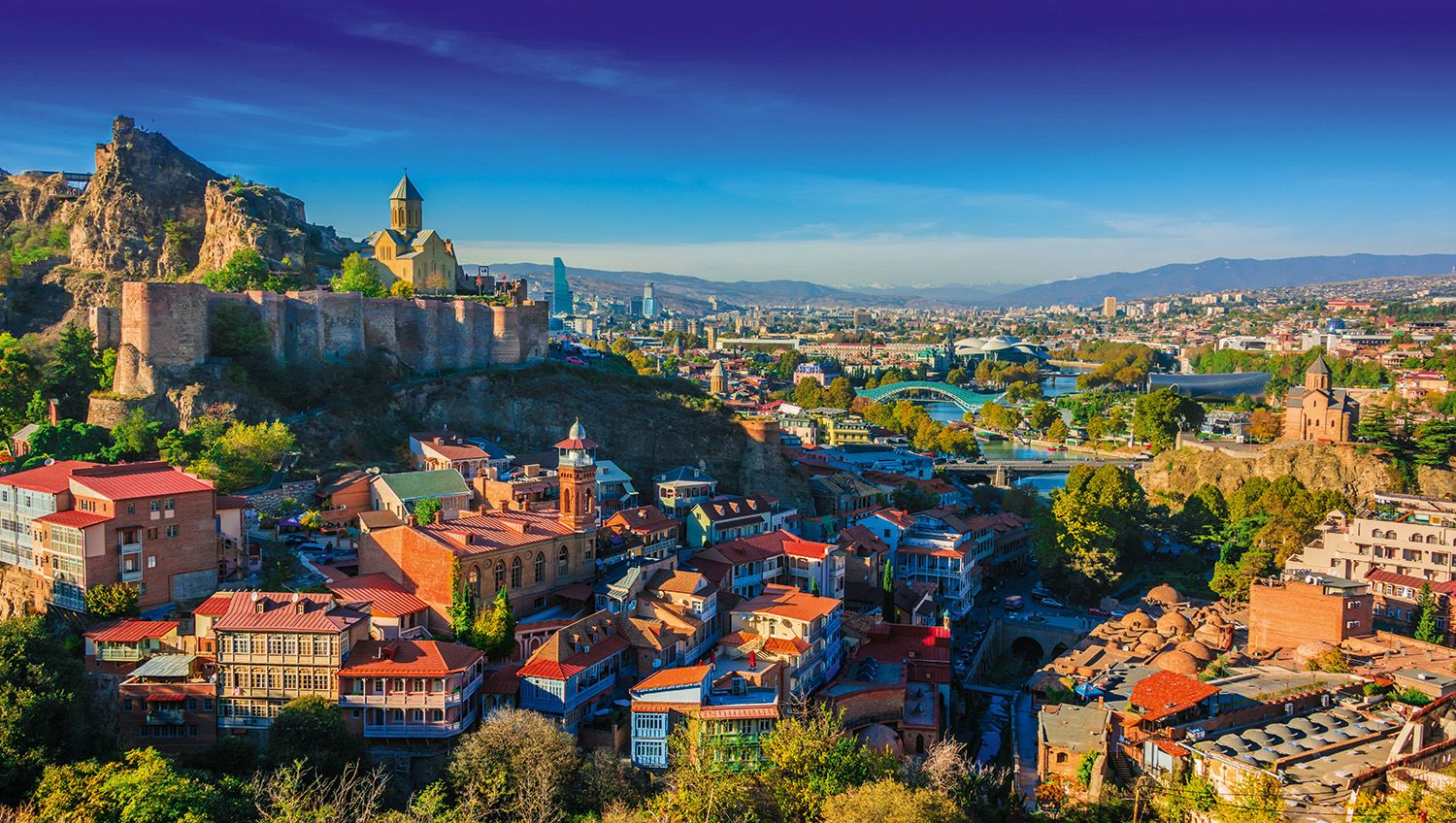
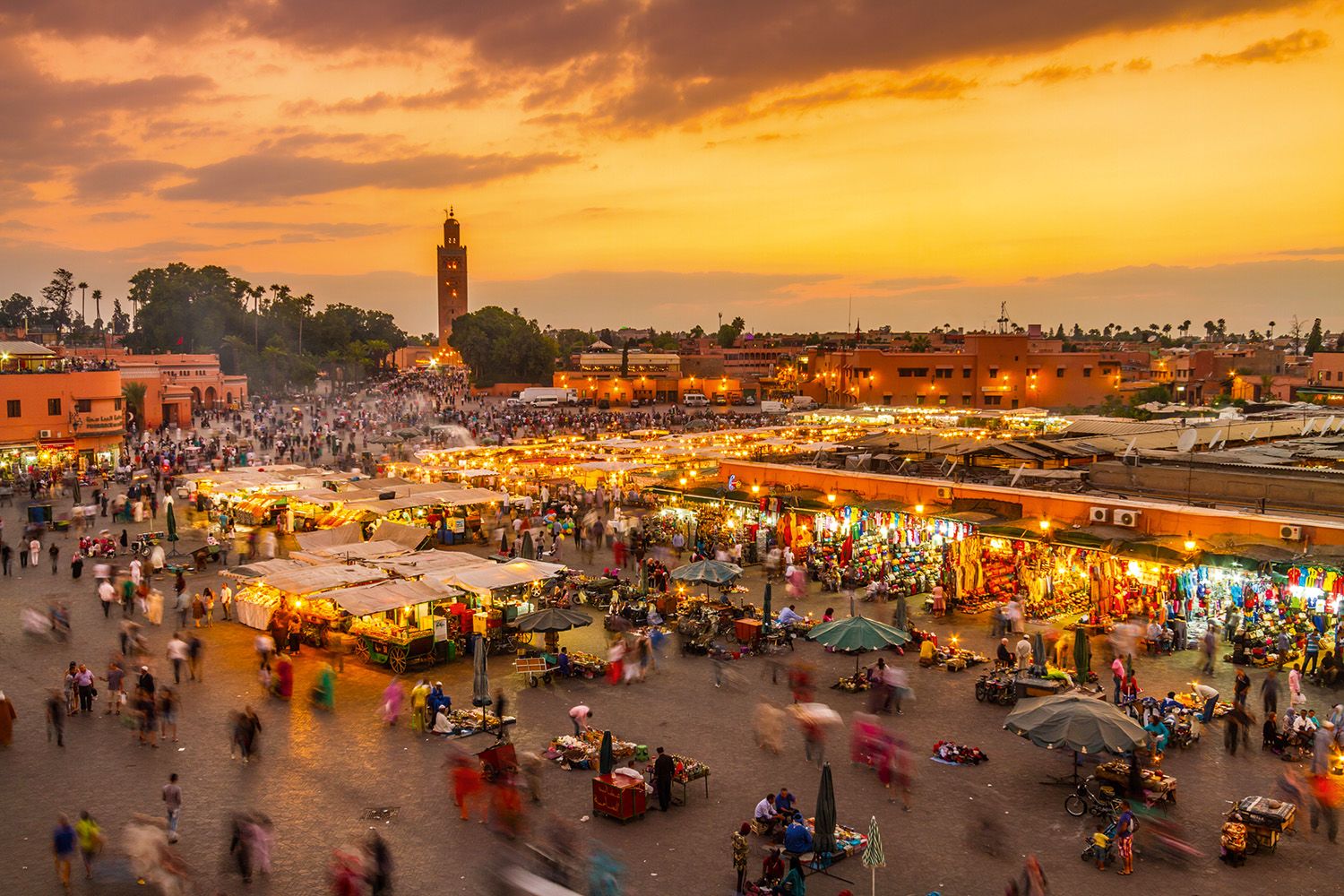
Want more travel inspo for 2022?
See the Wanderlust Travel Awards 2021 results
Discover the top travel trends for the year
All images in this article: Shutterstock, Alamy



